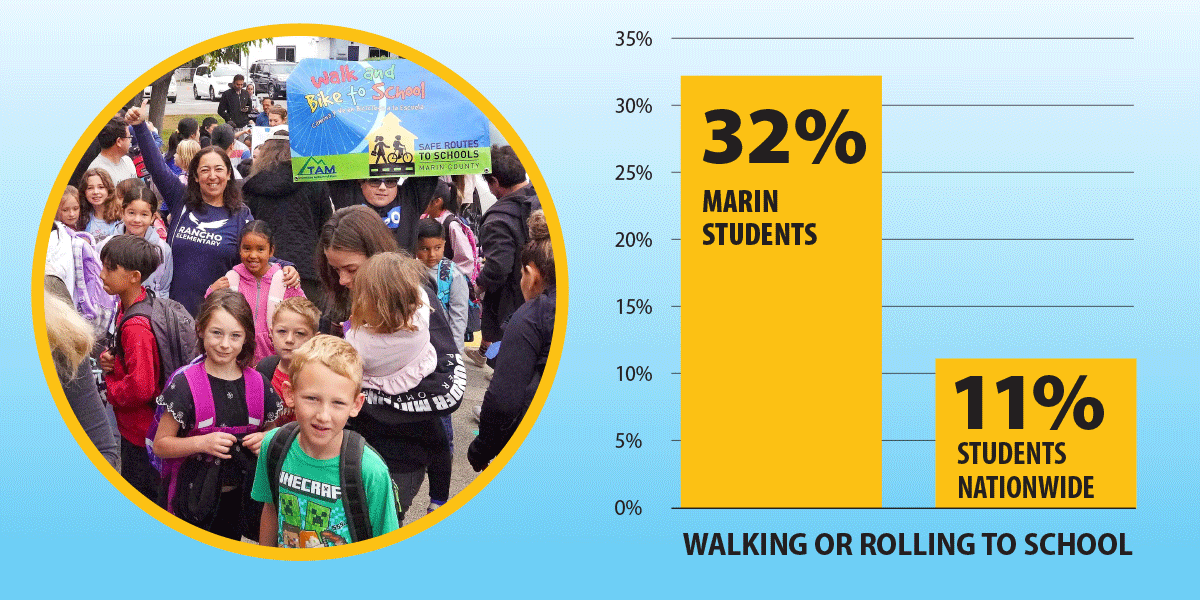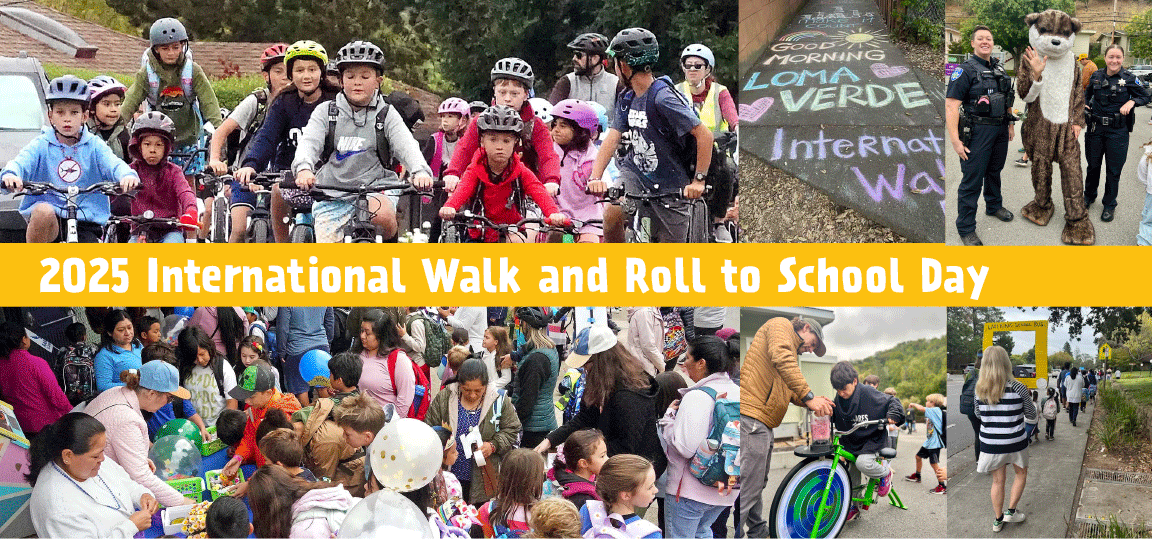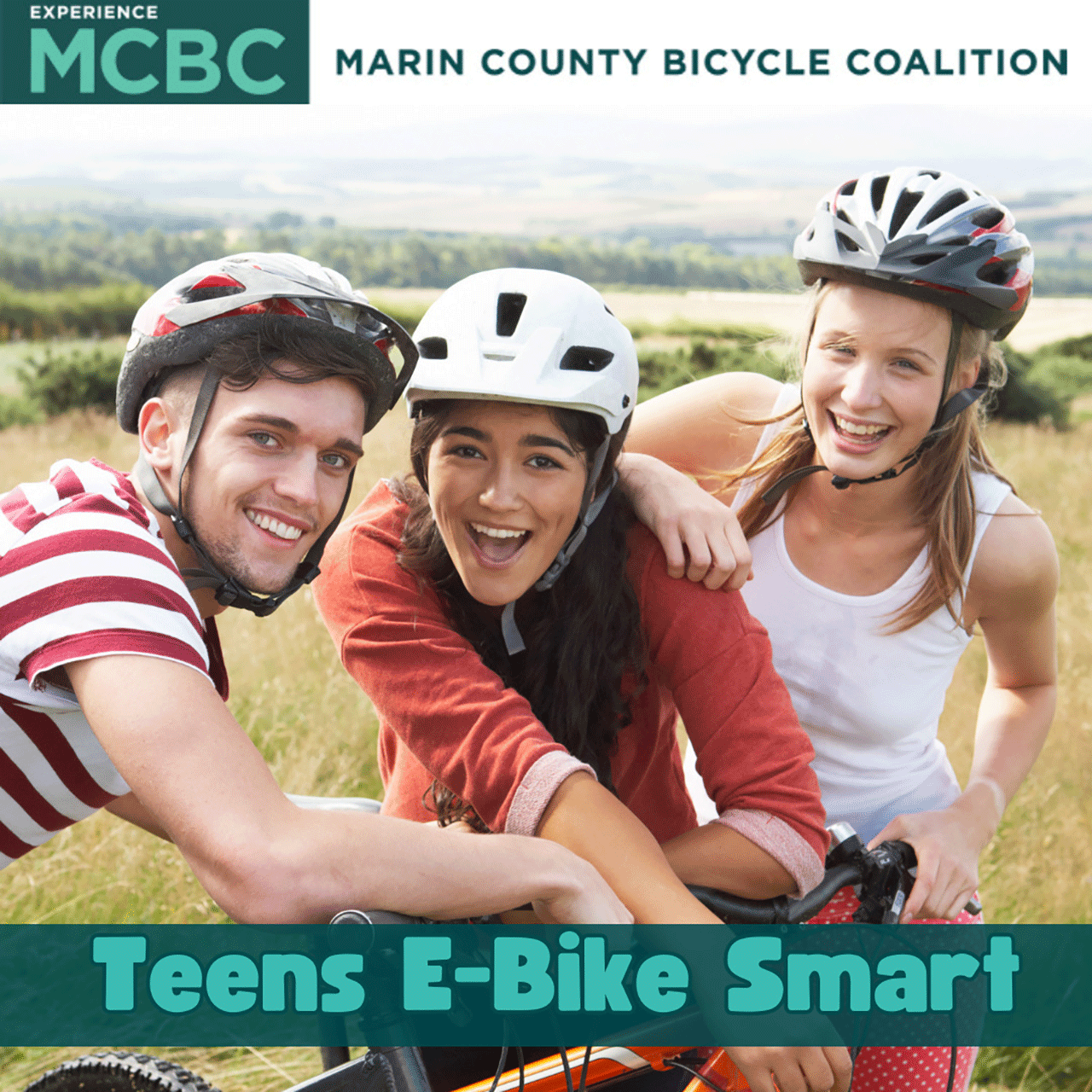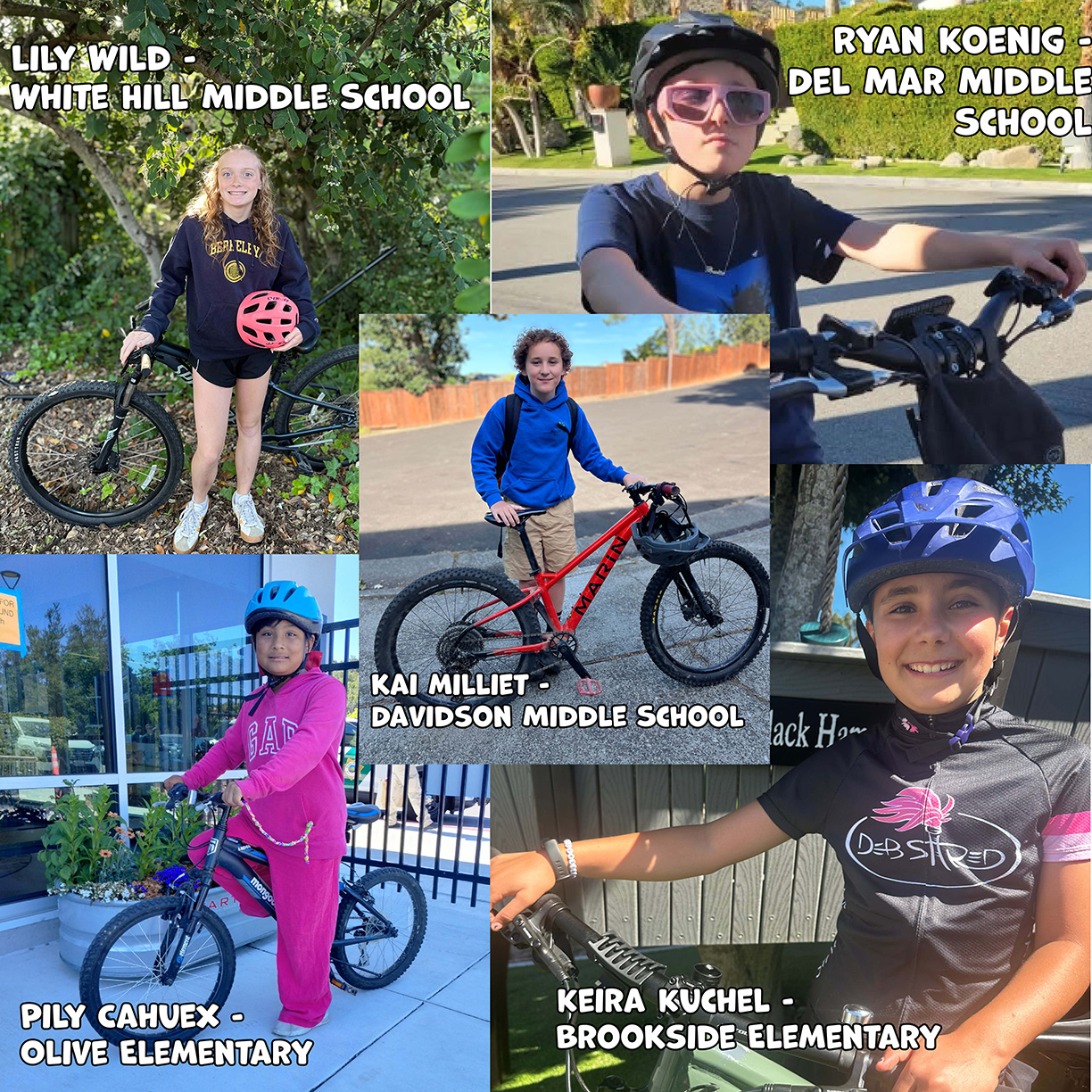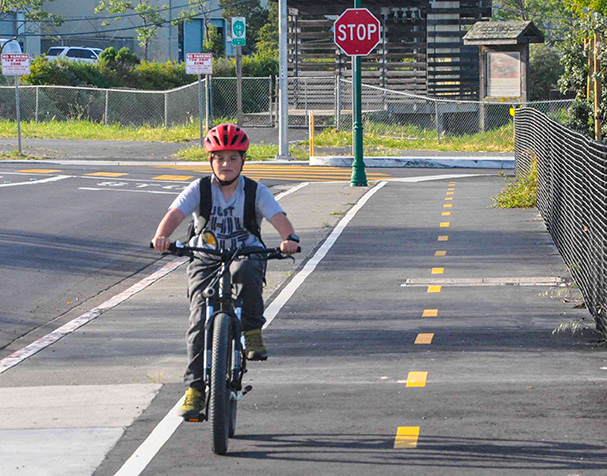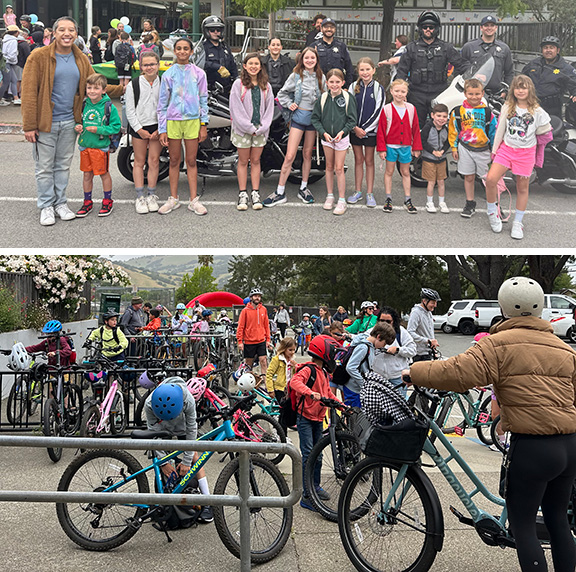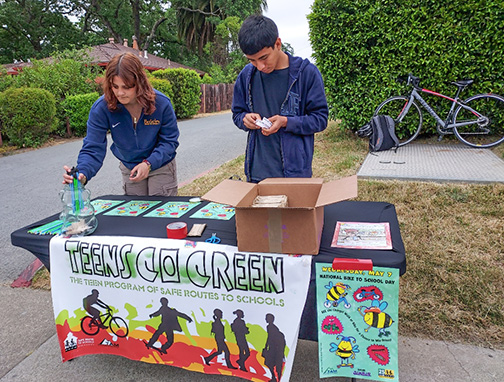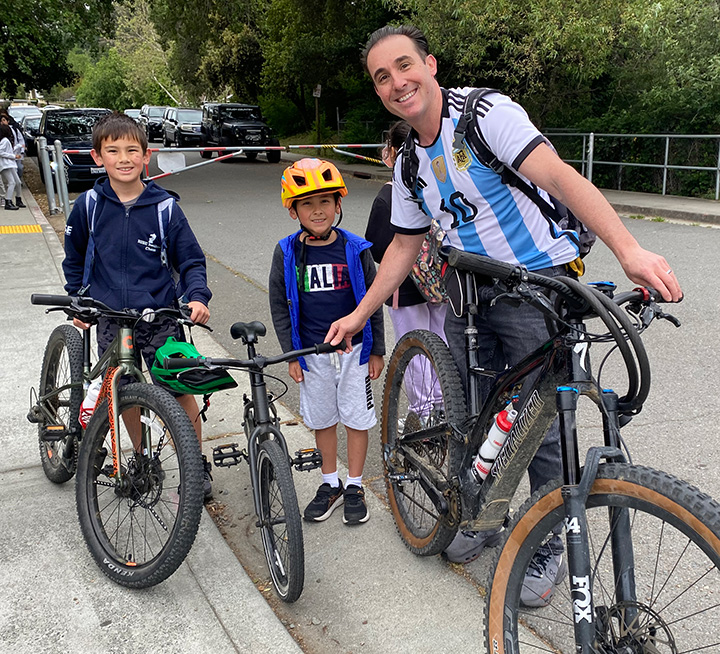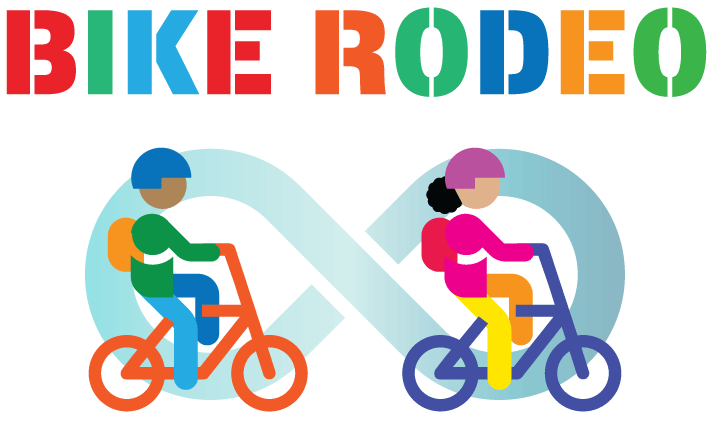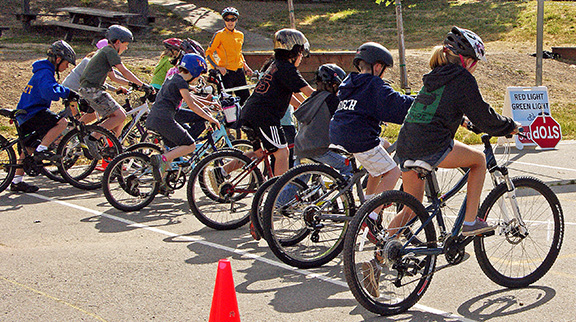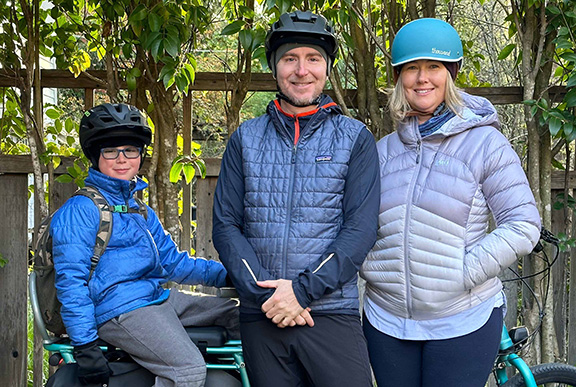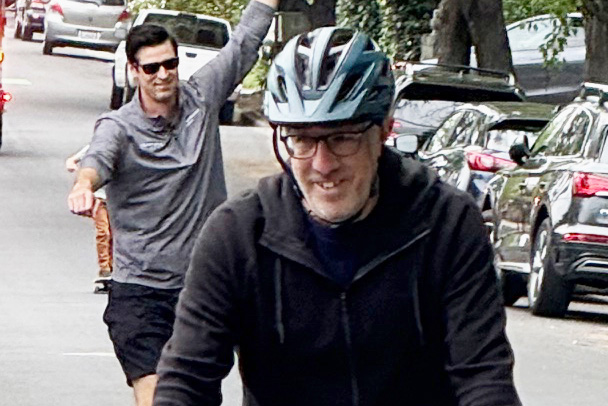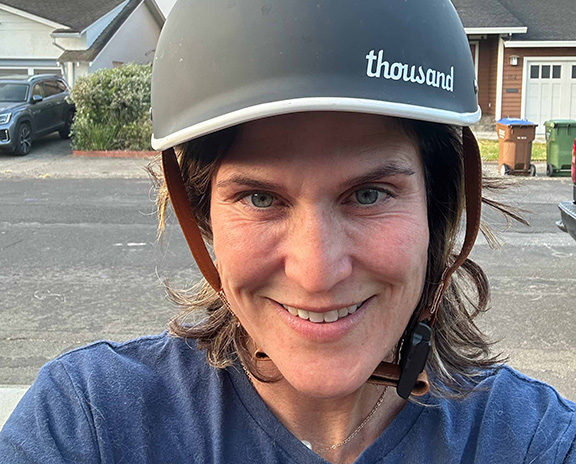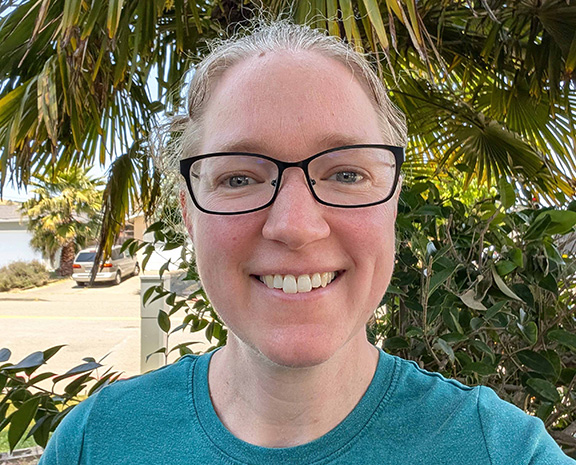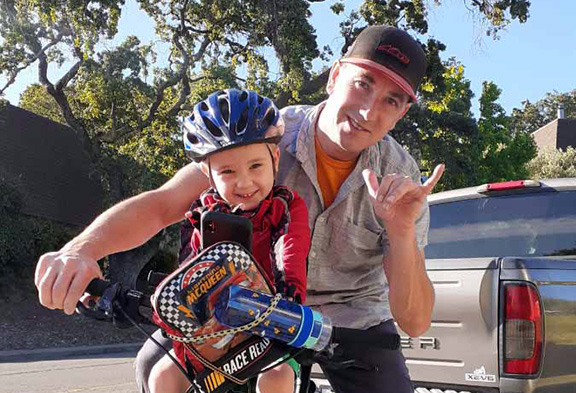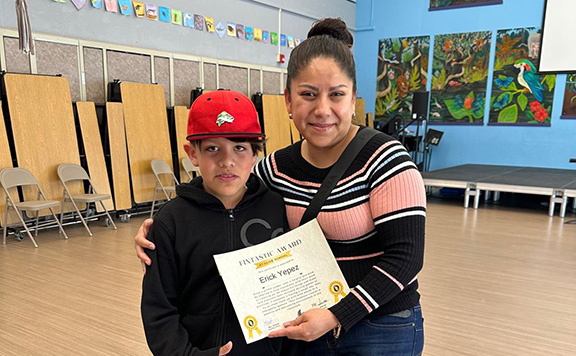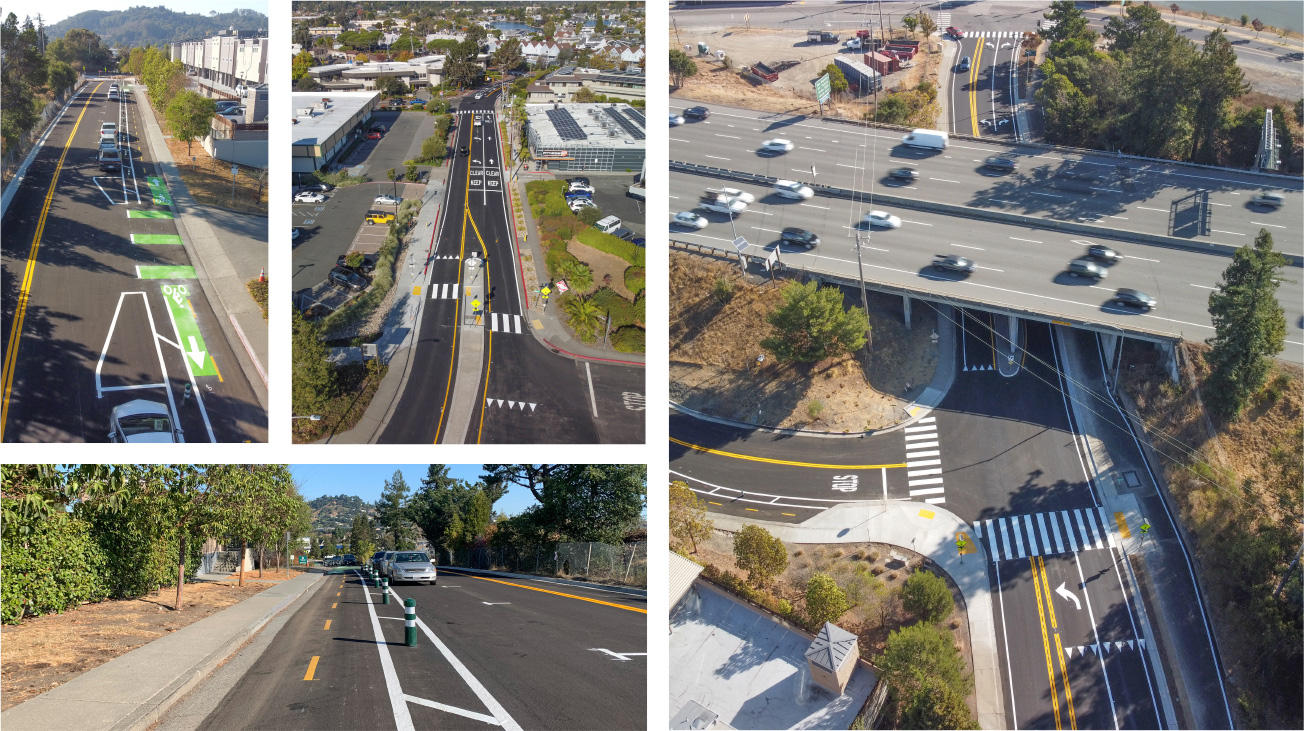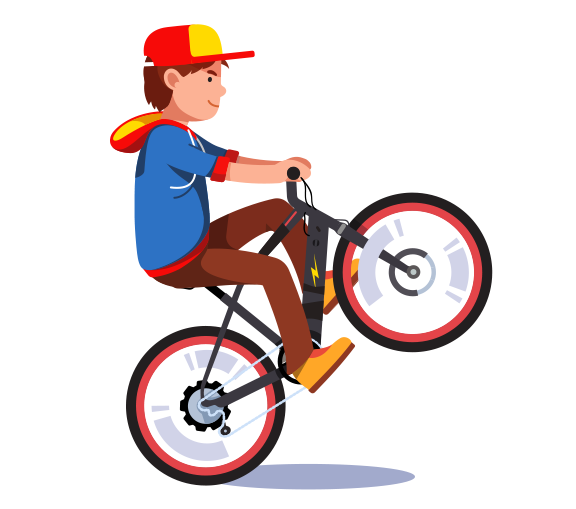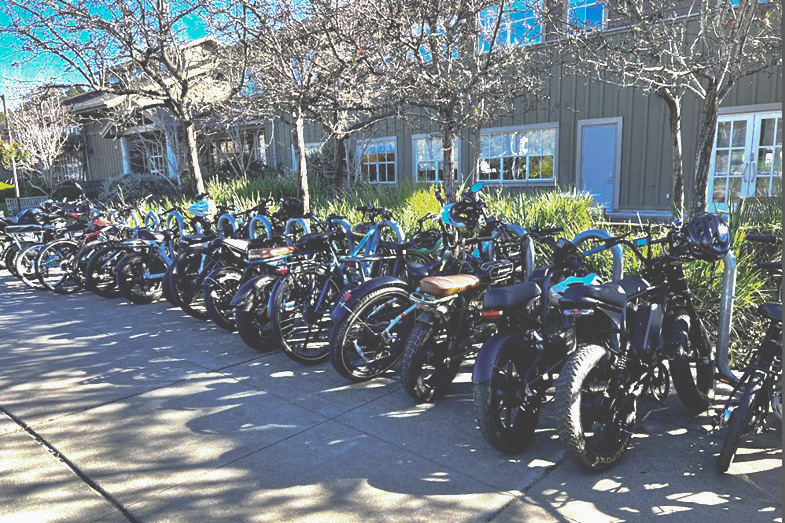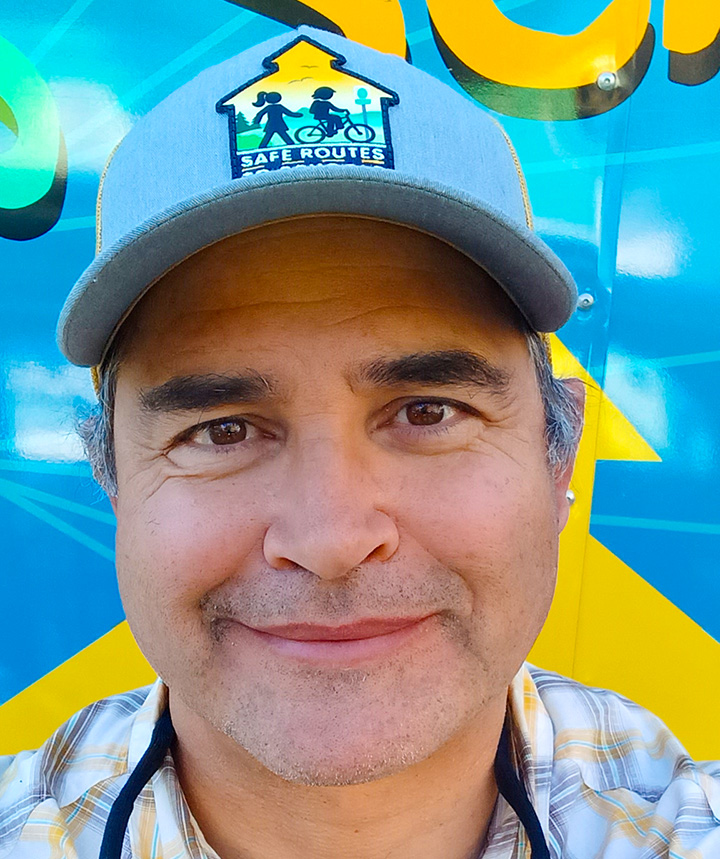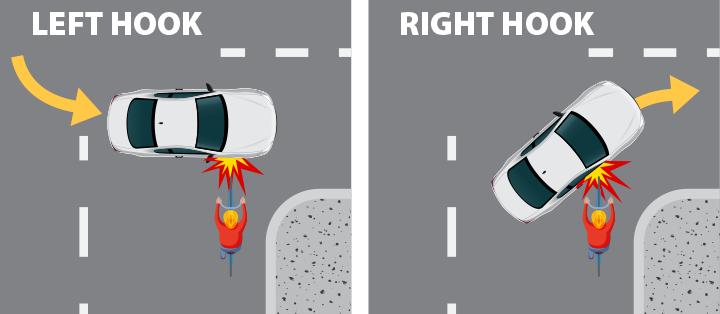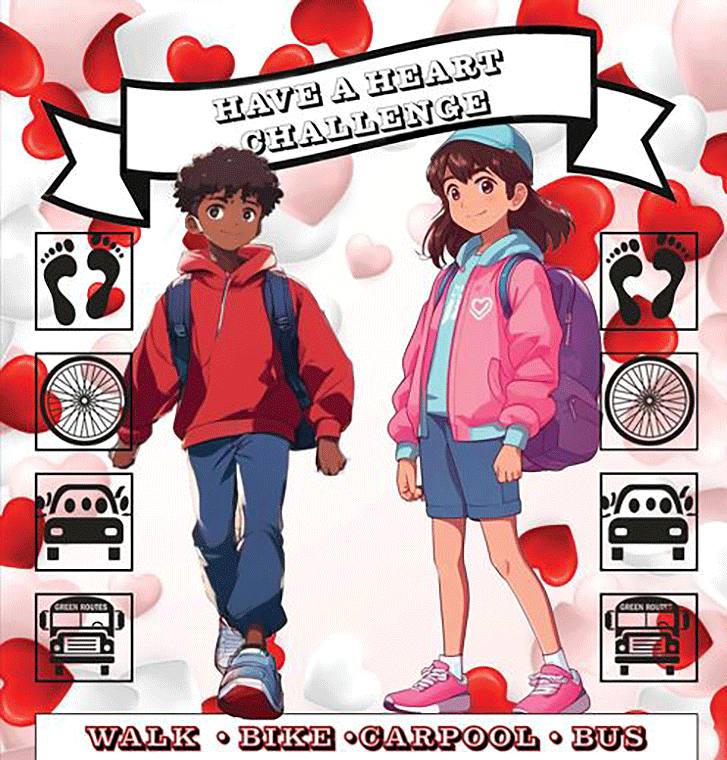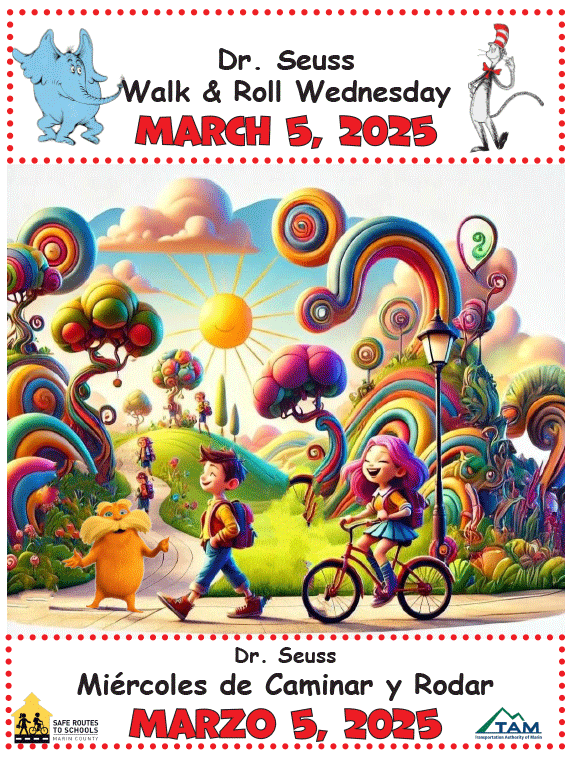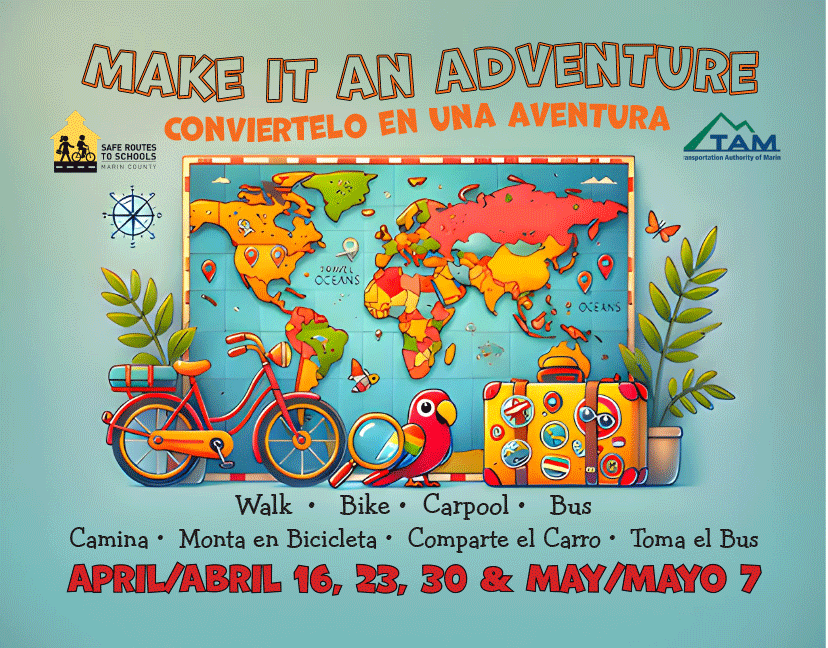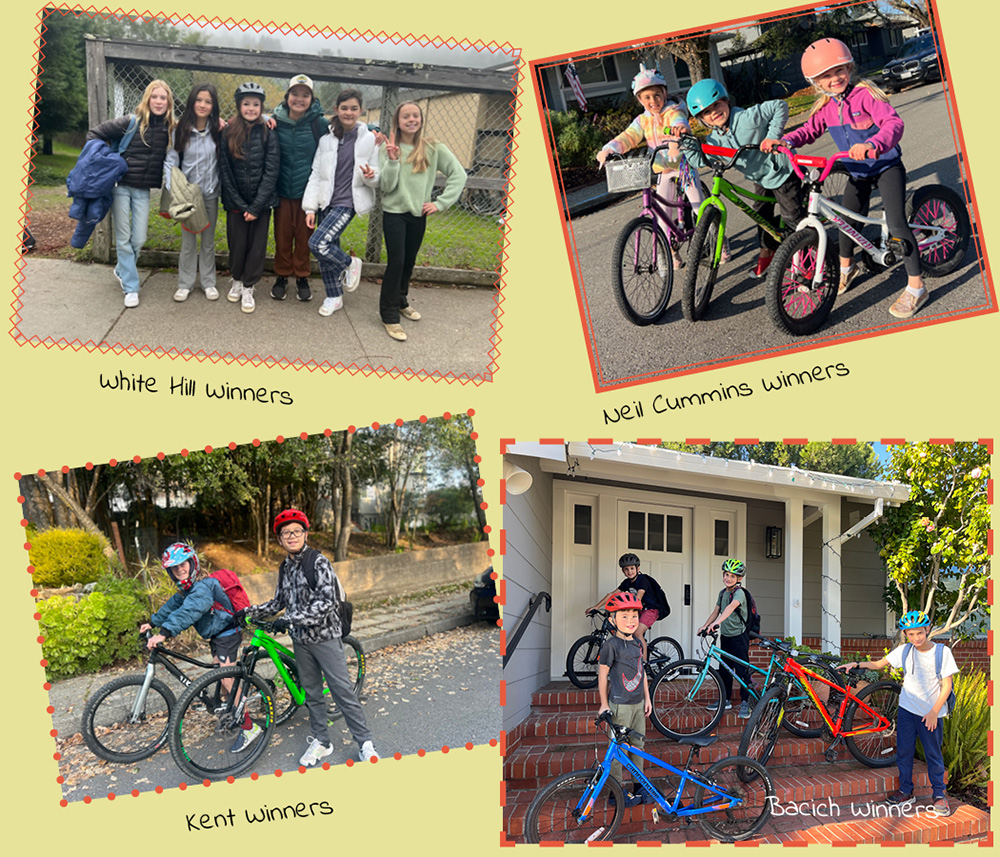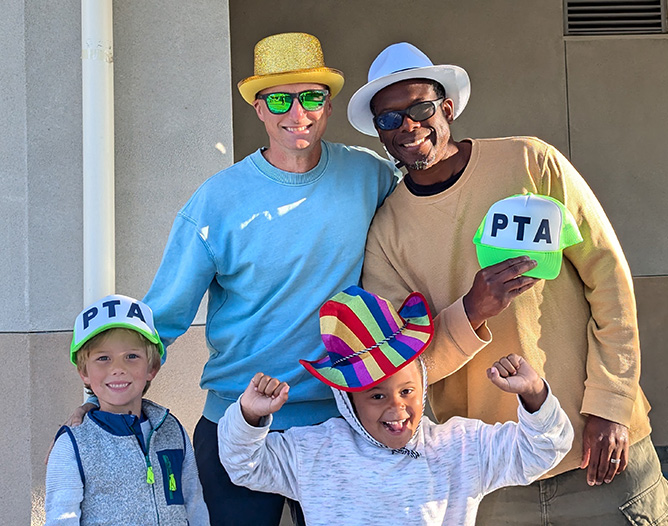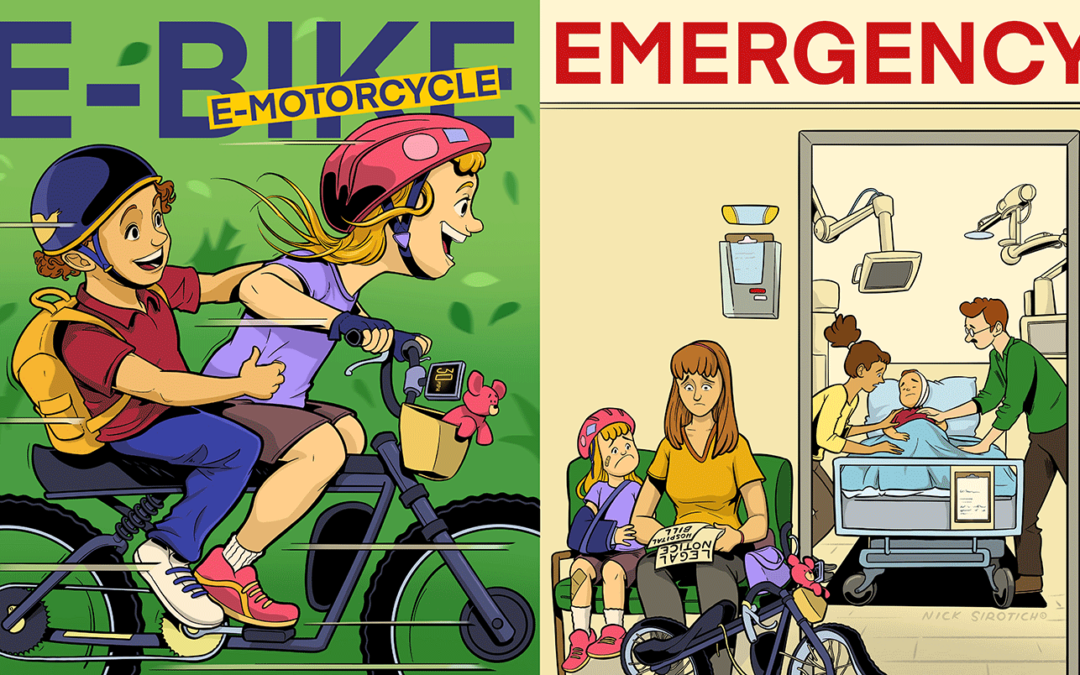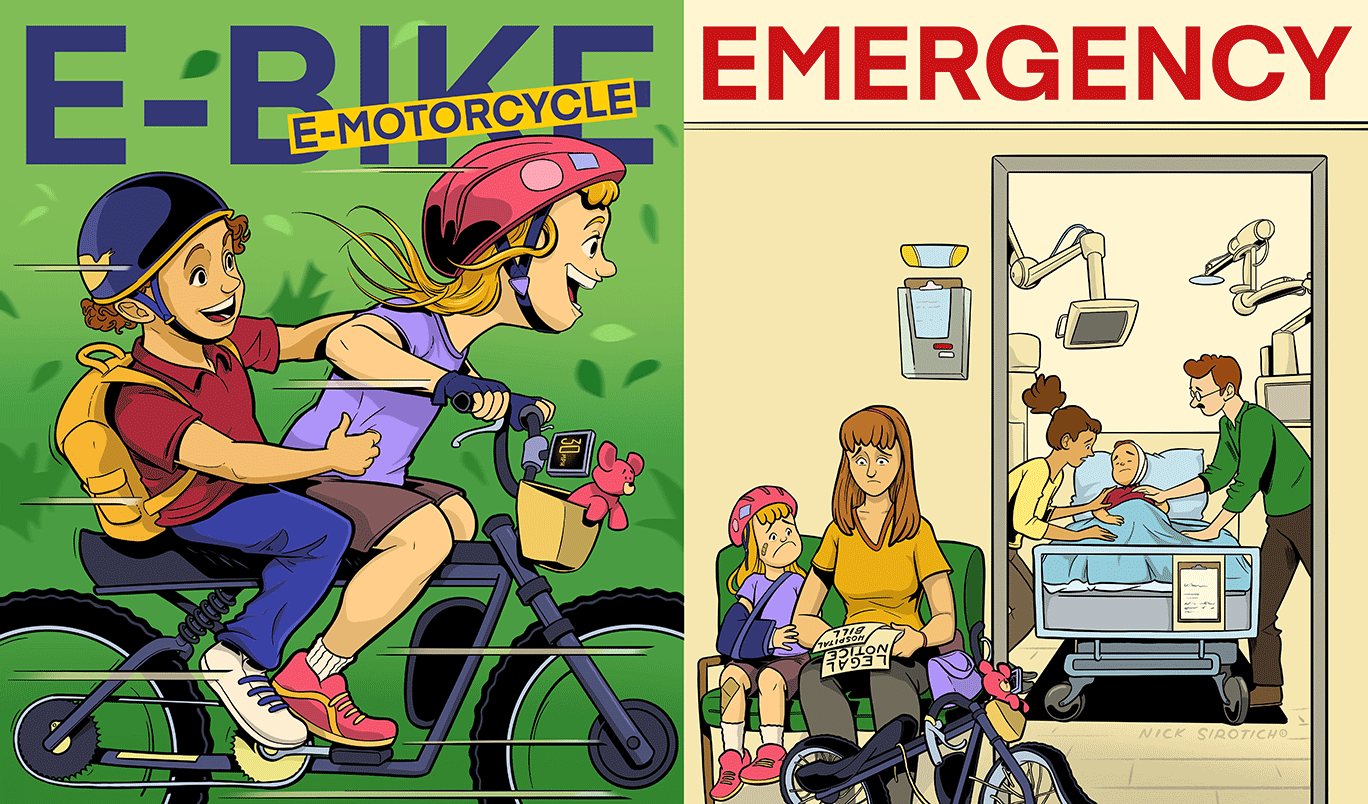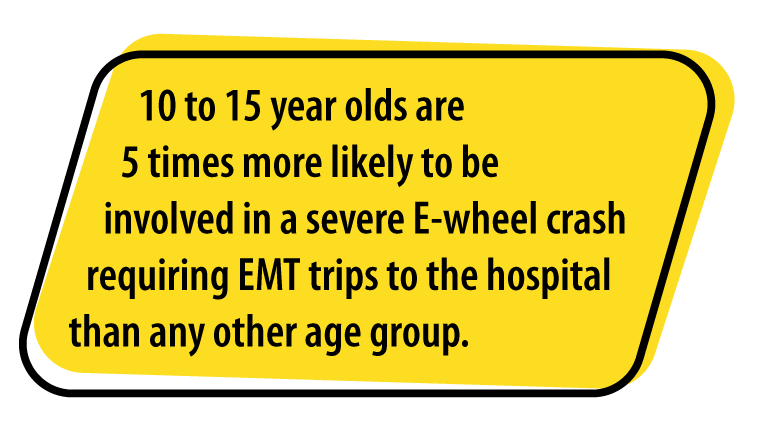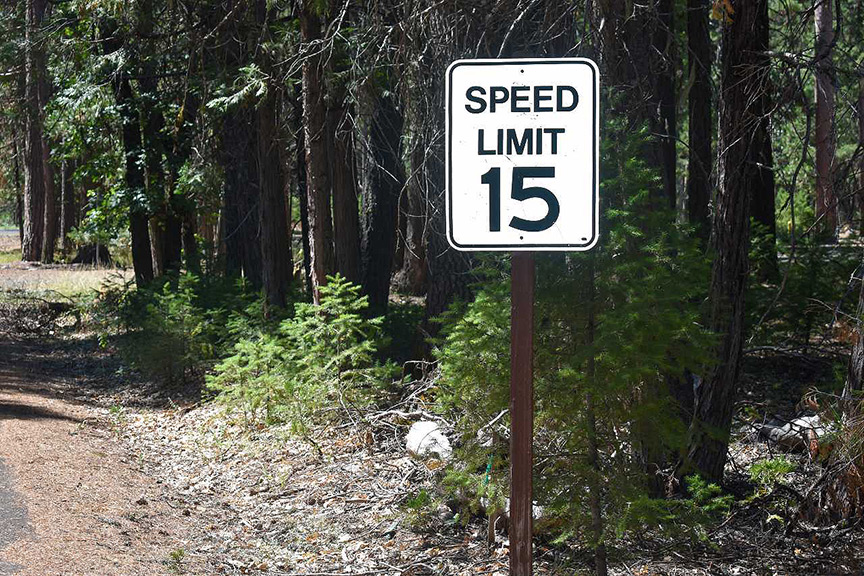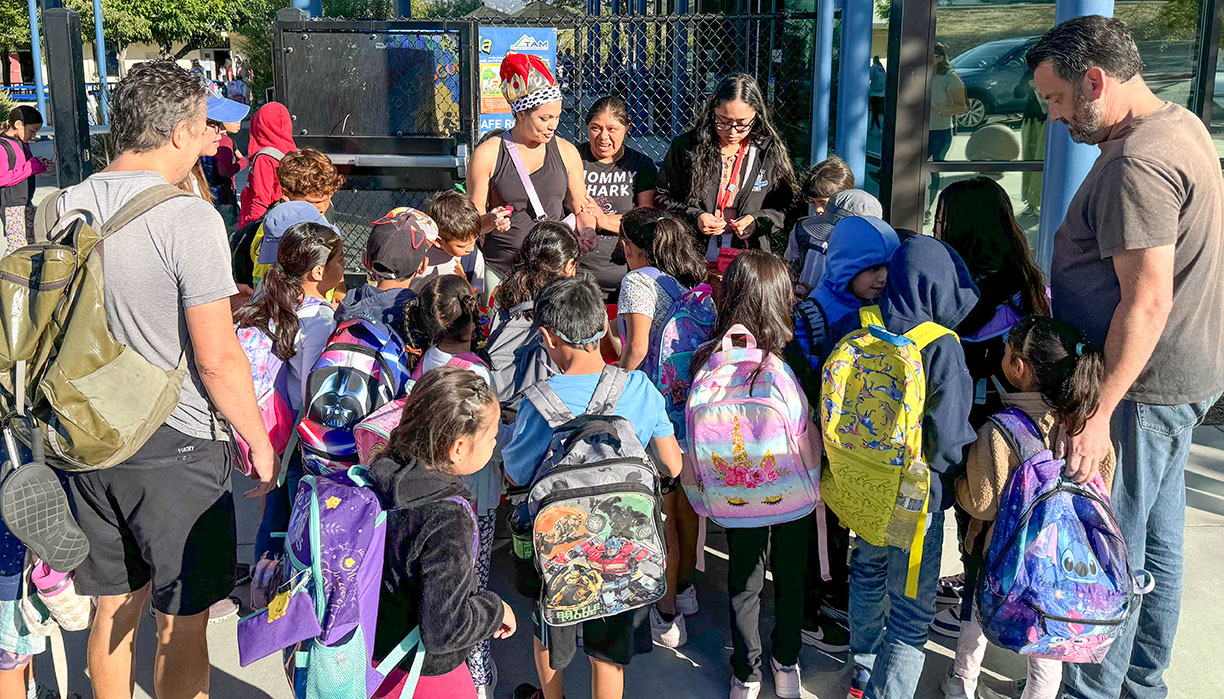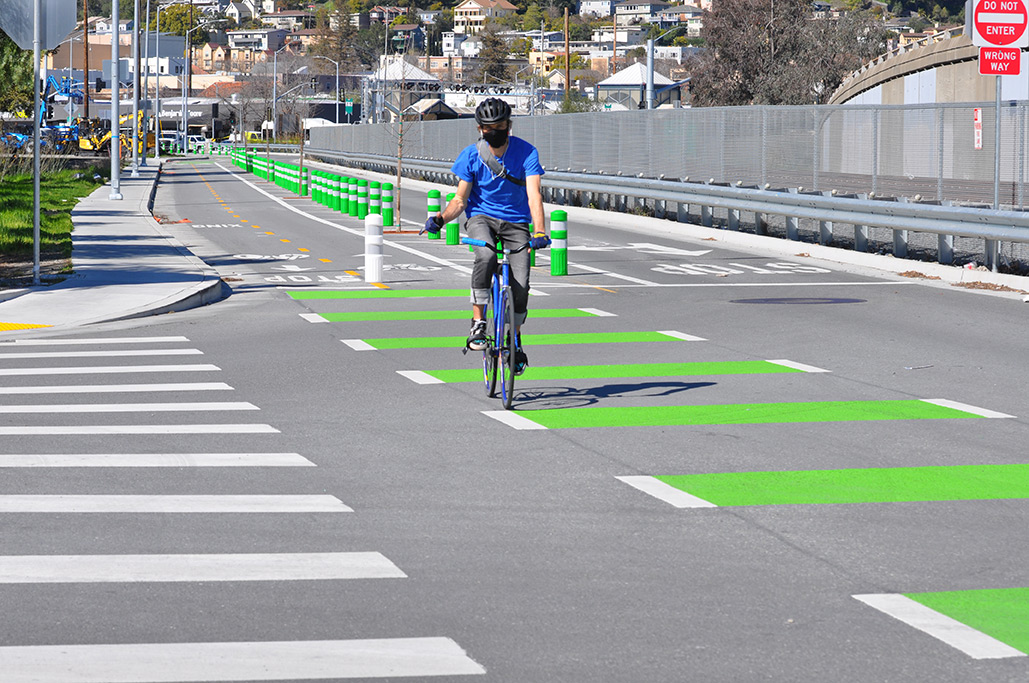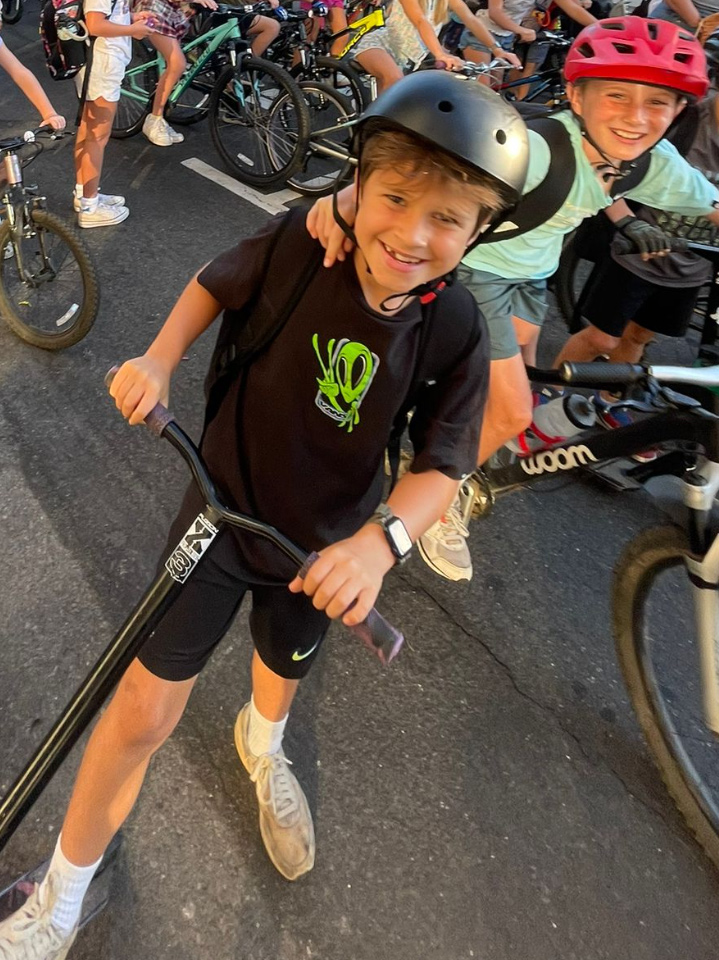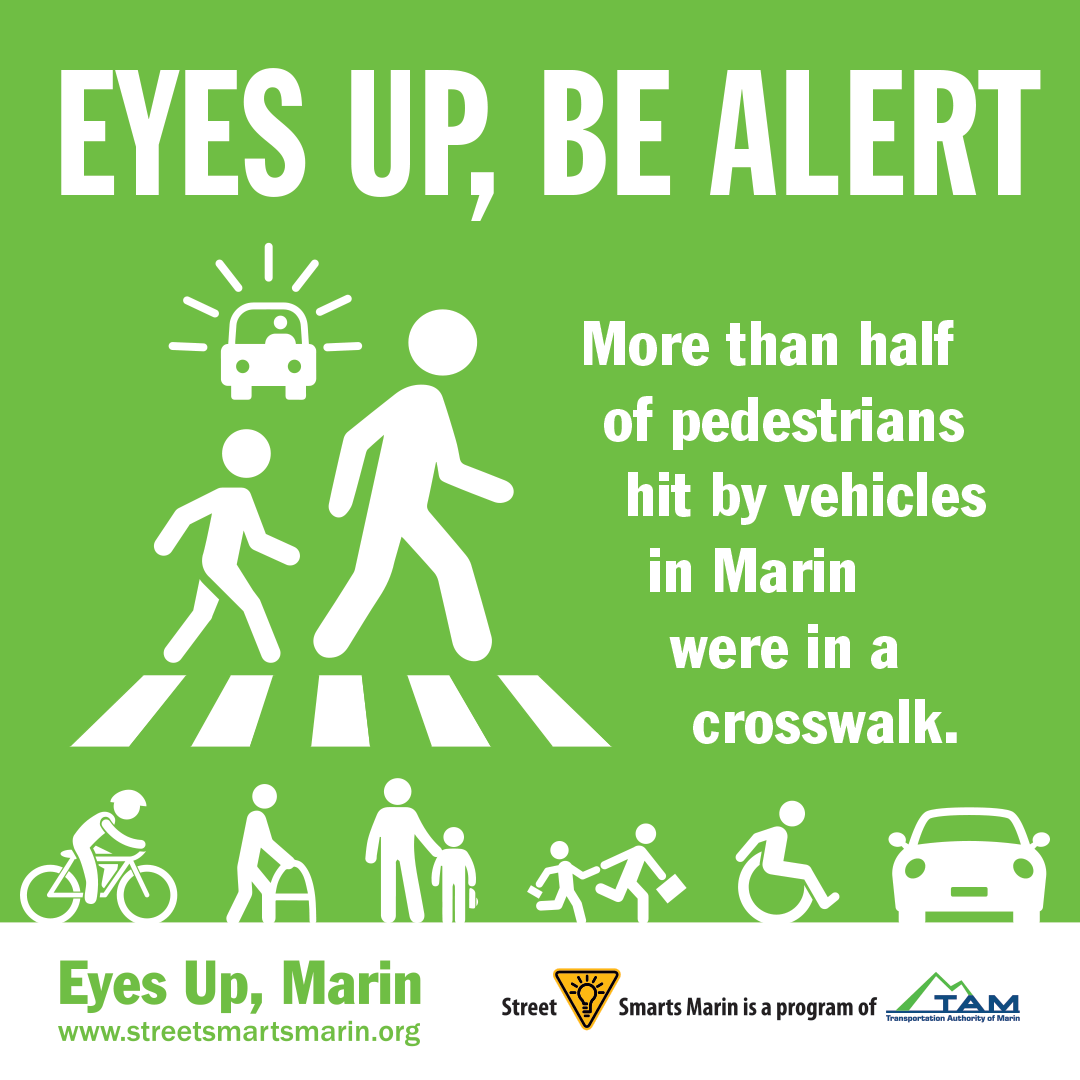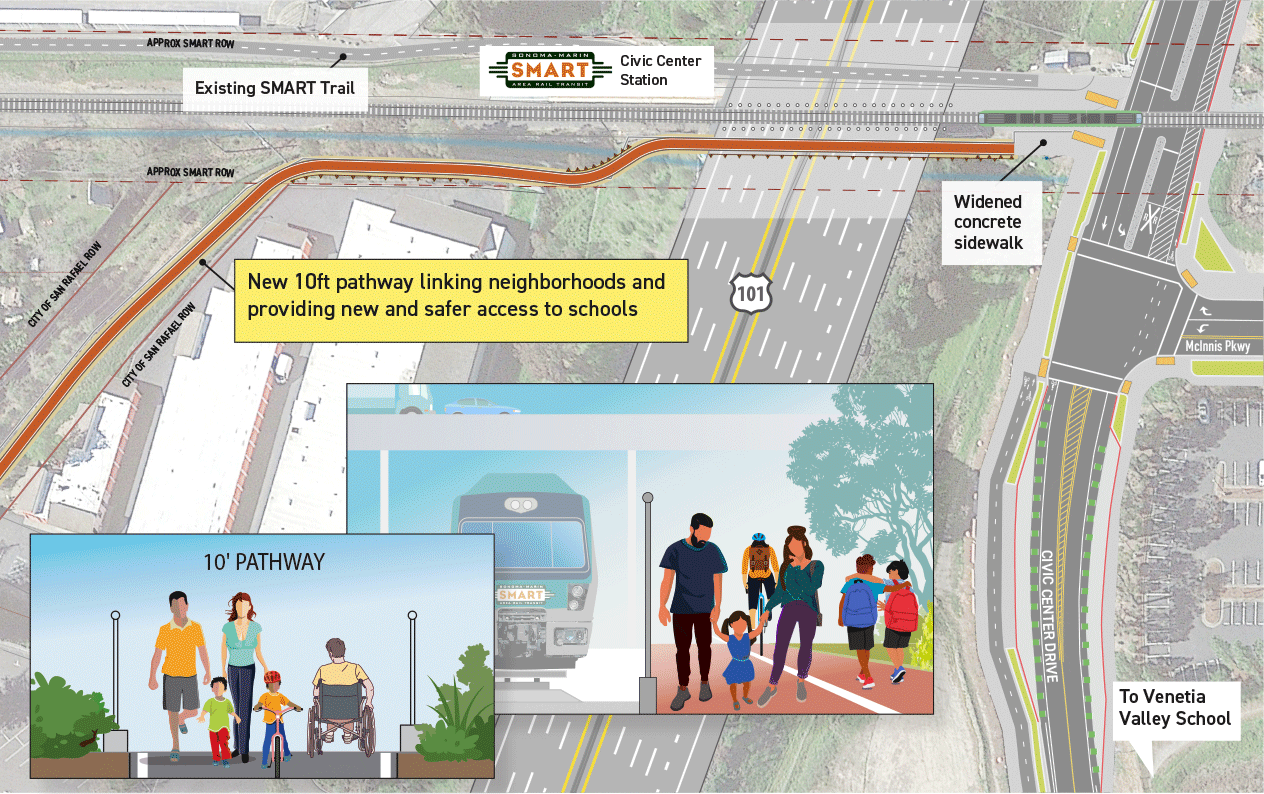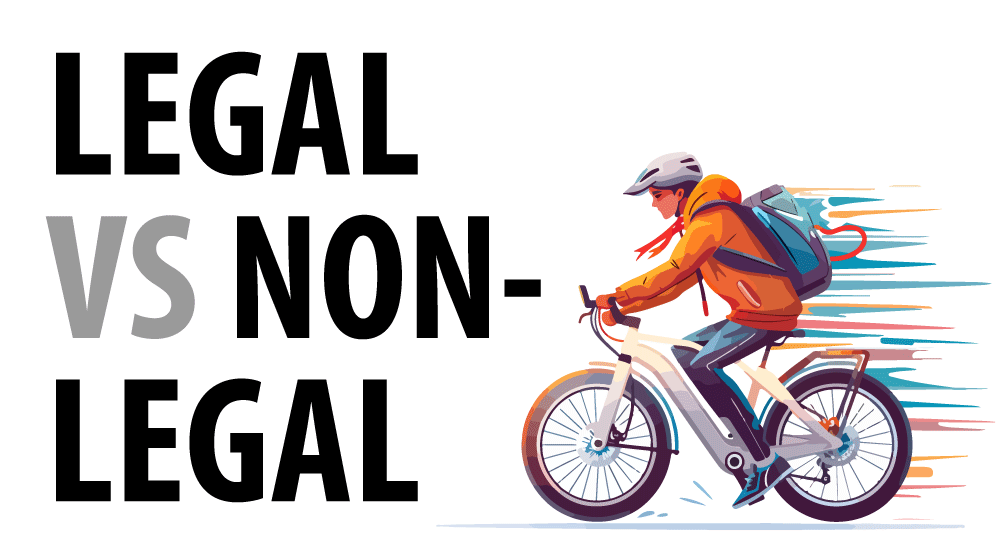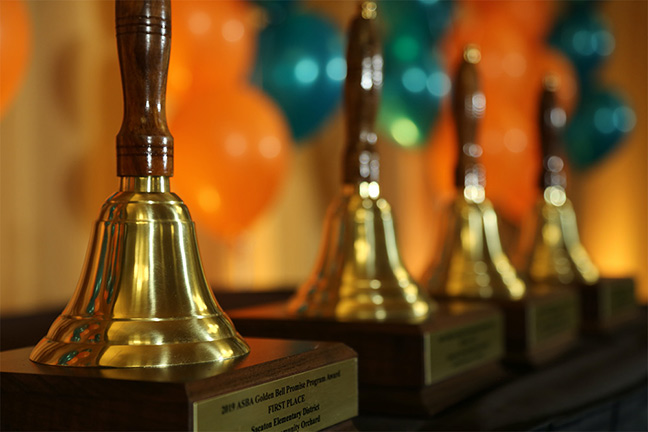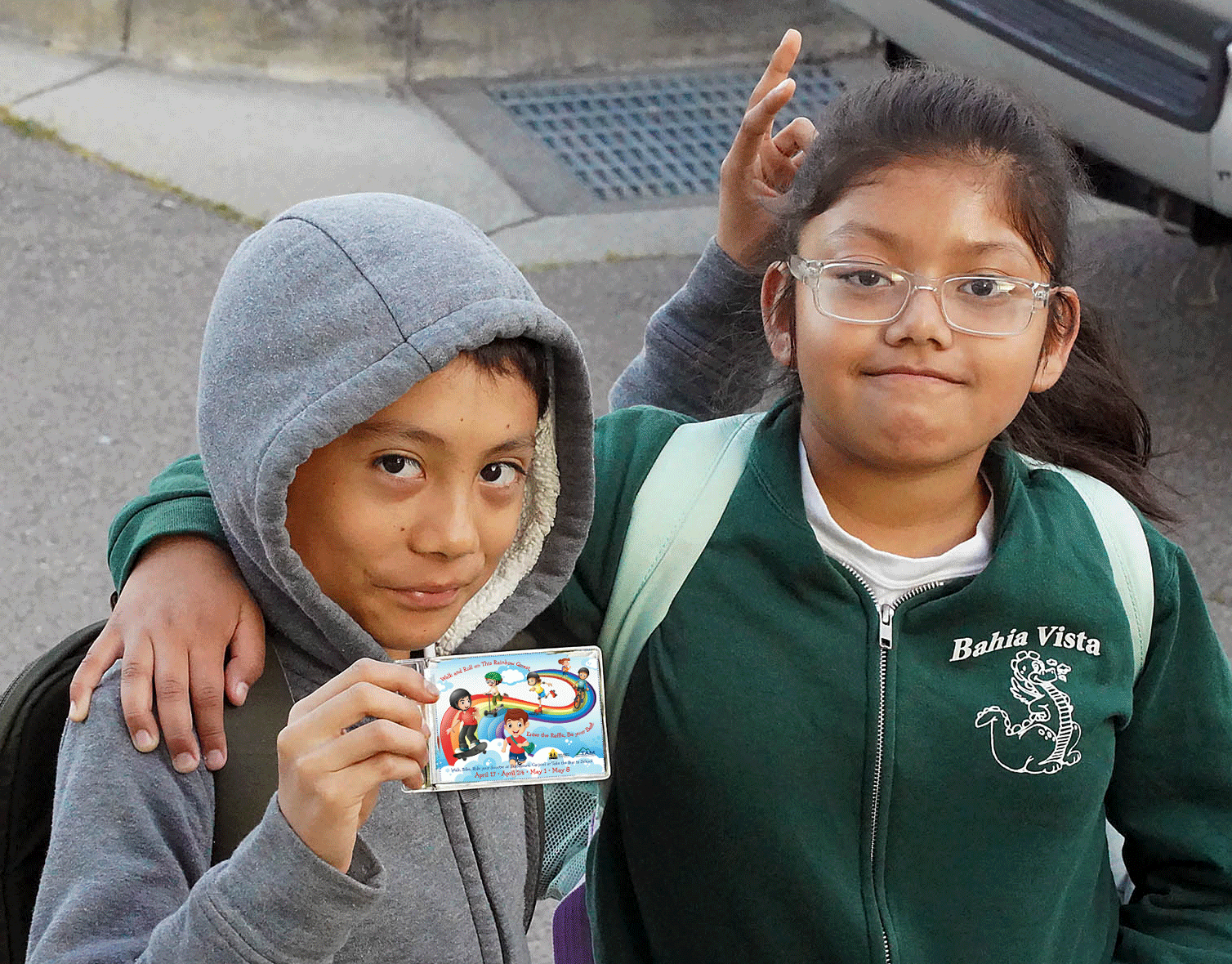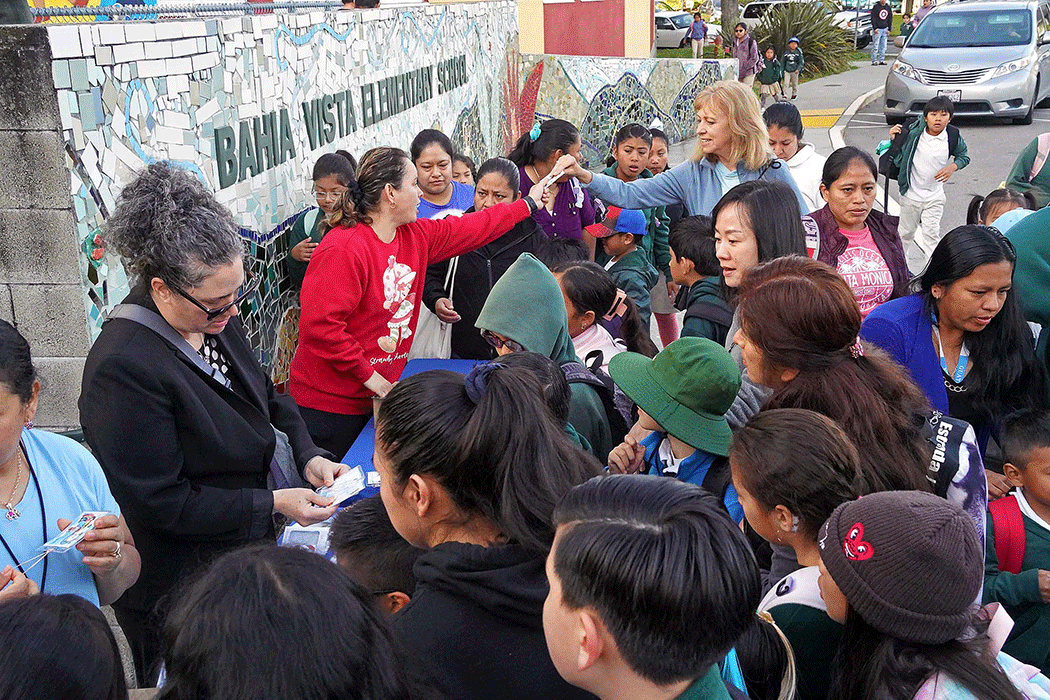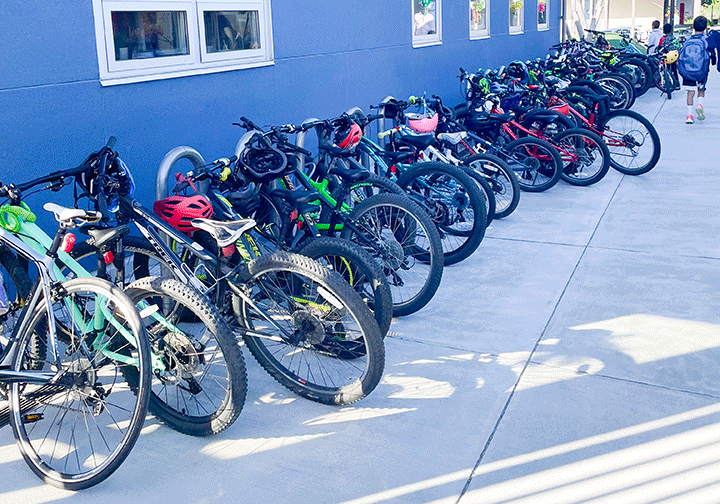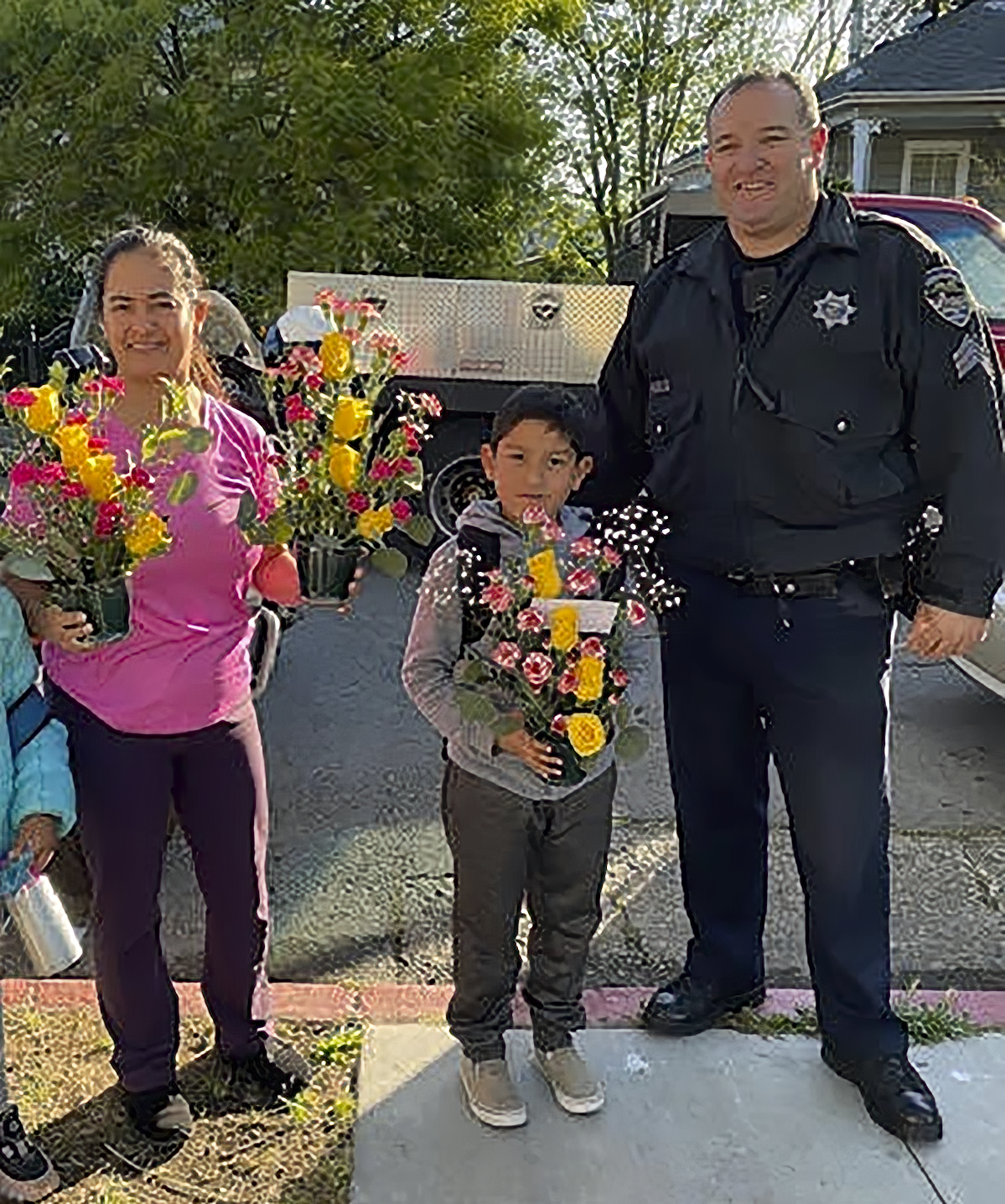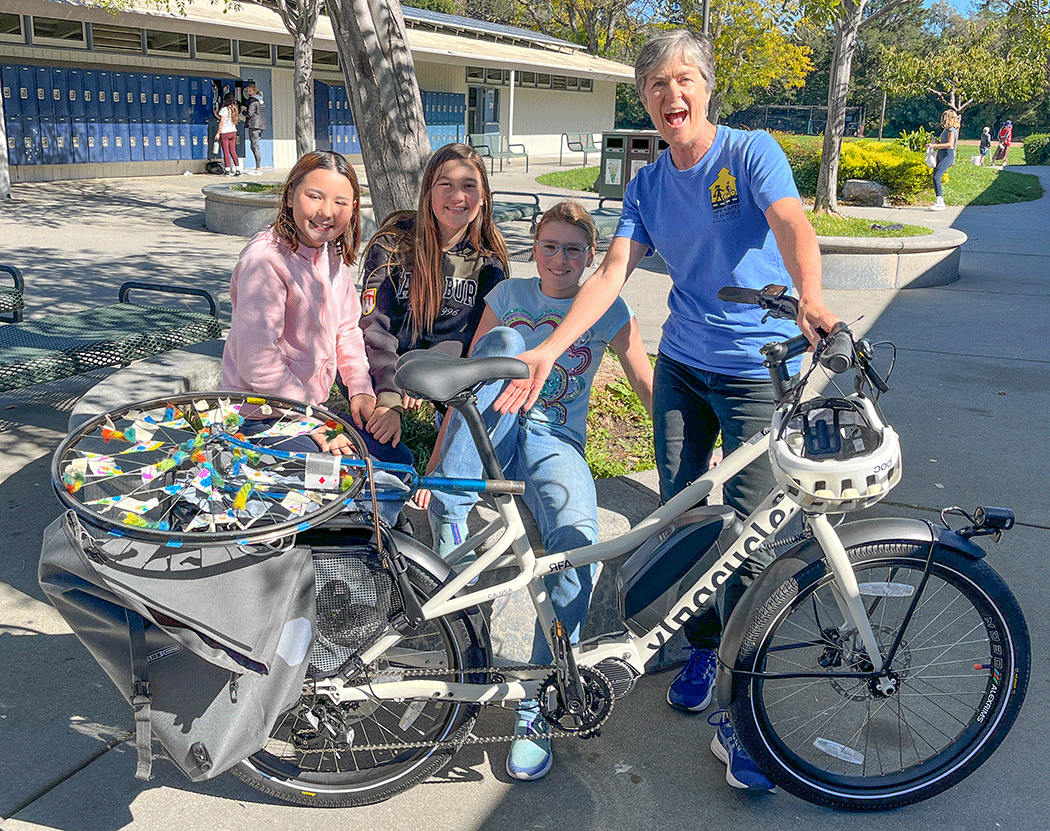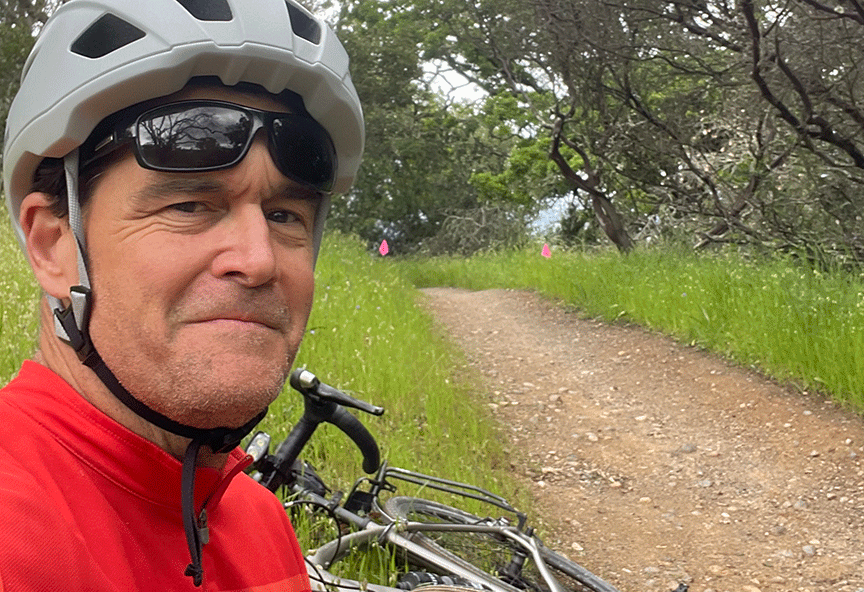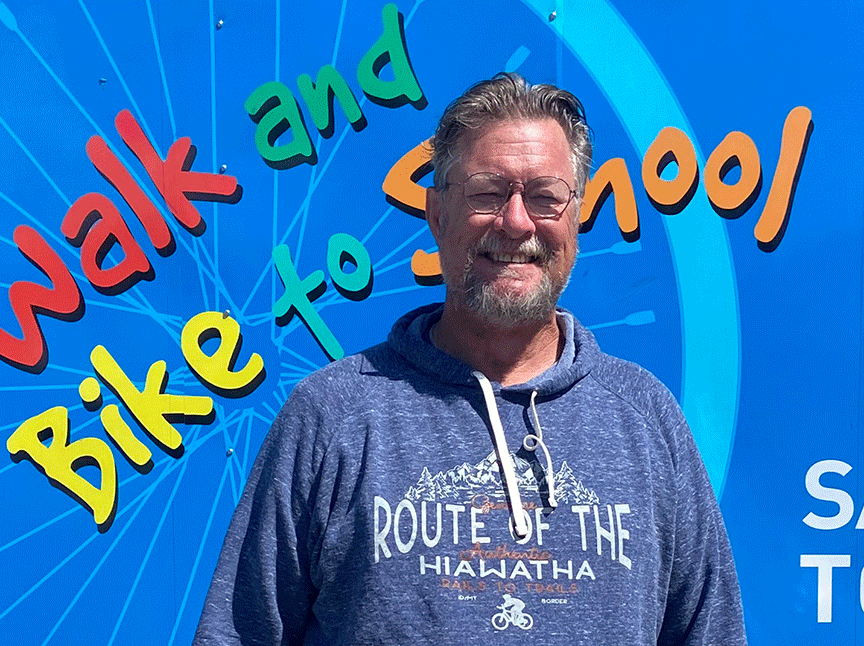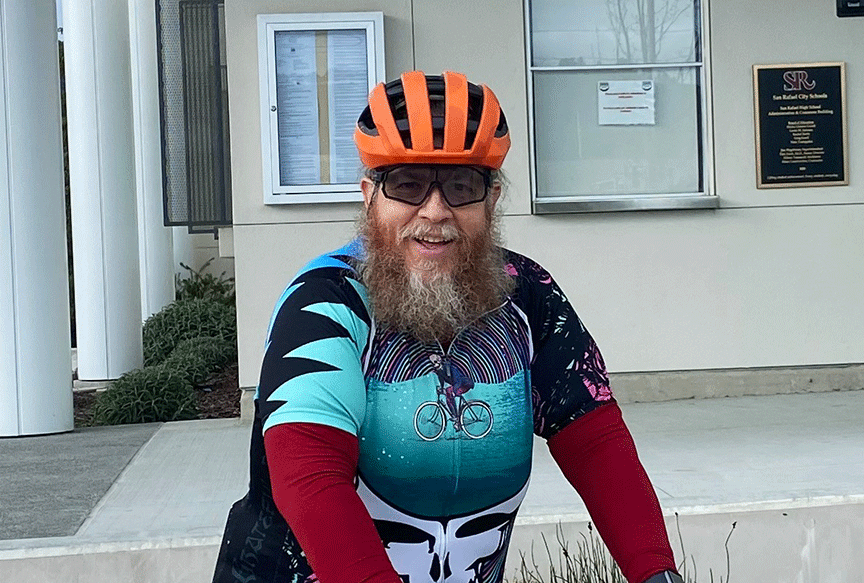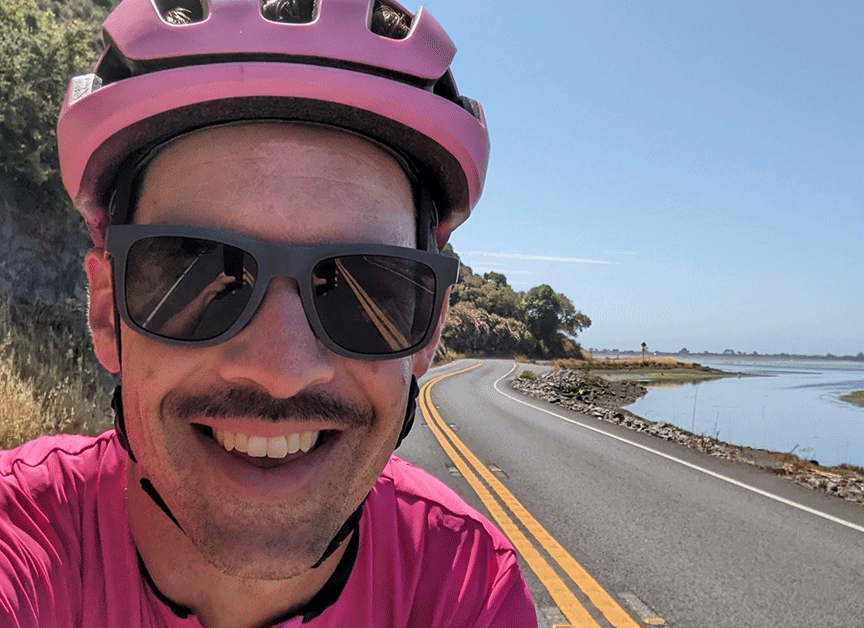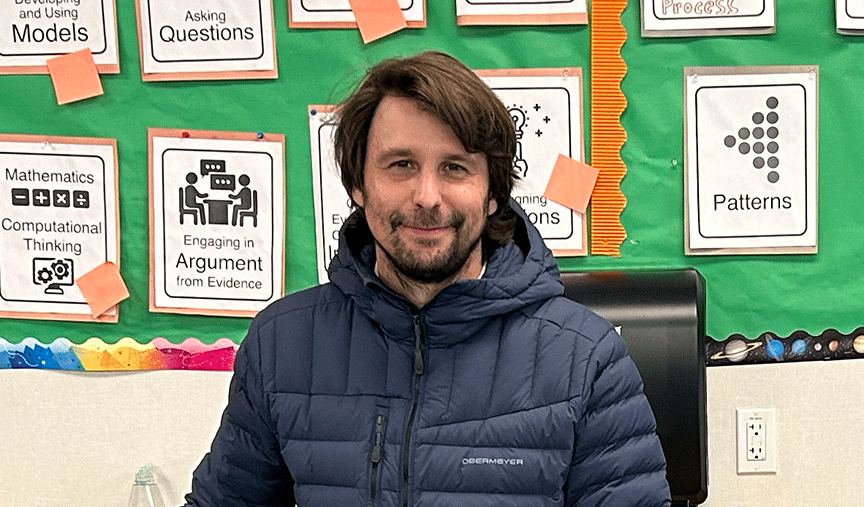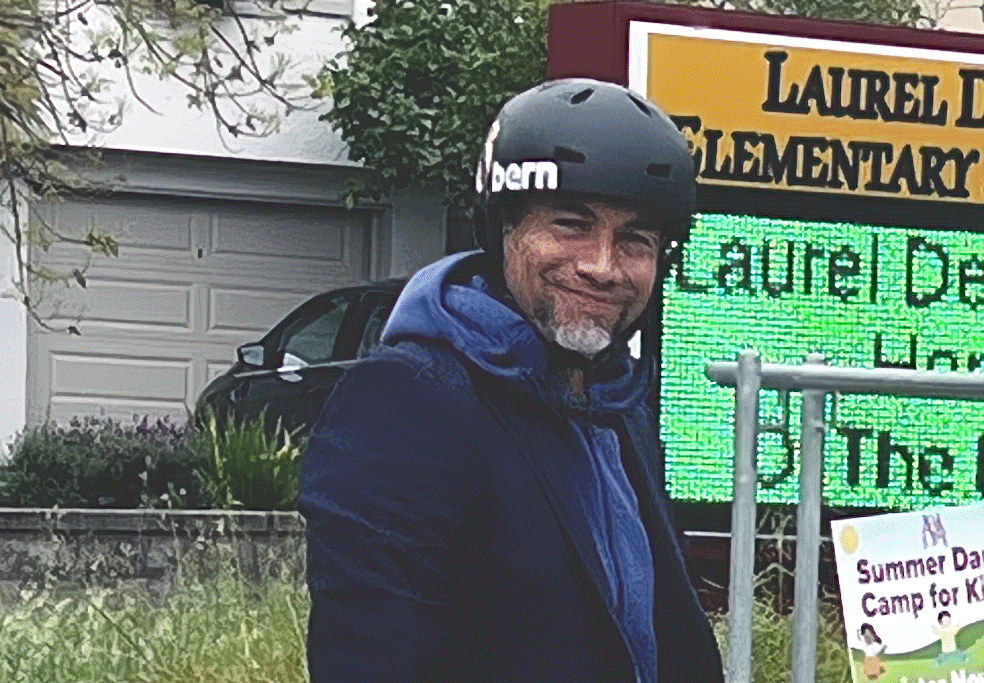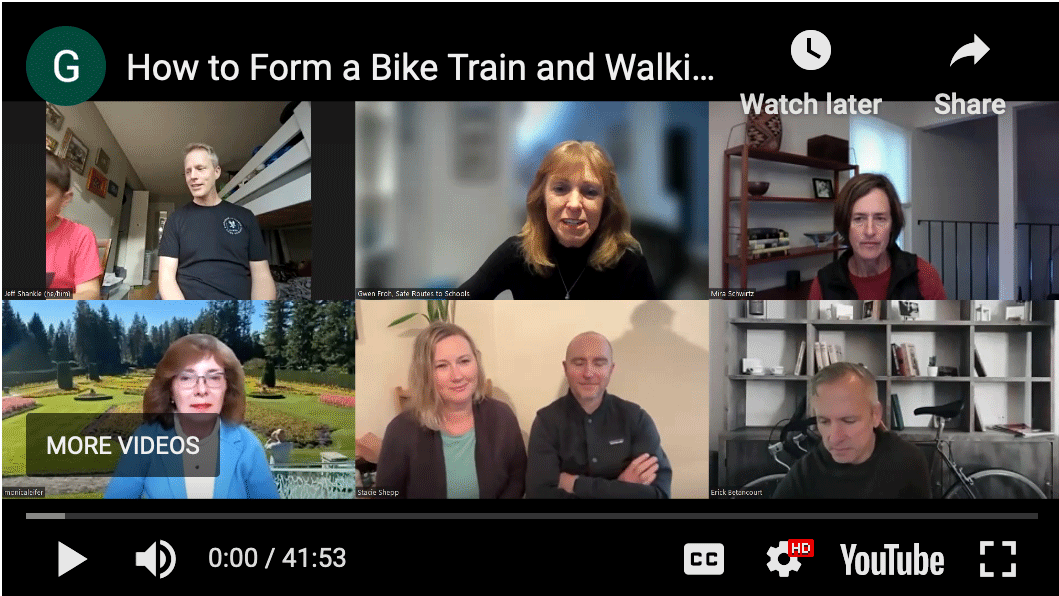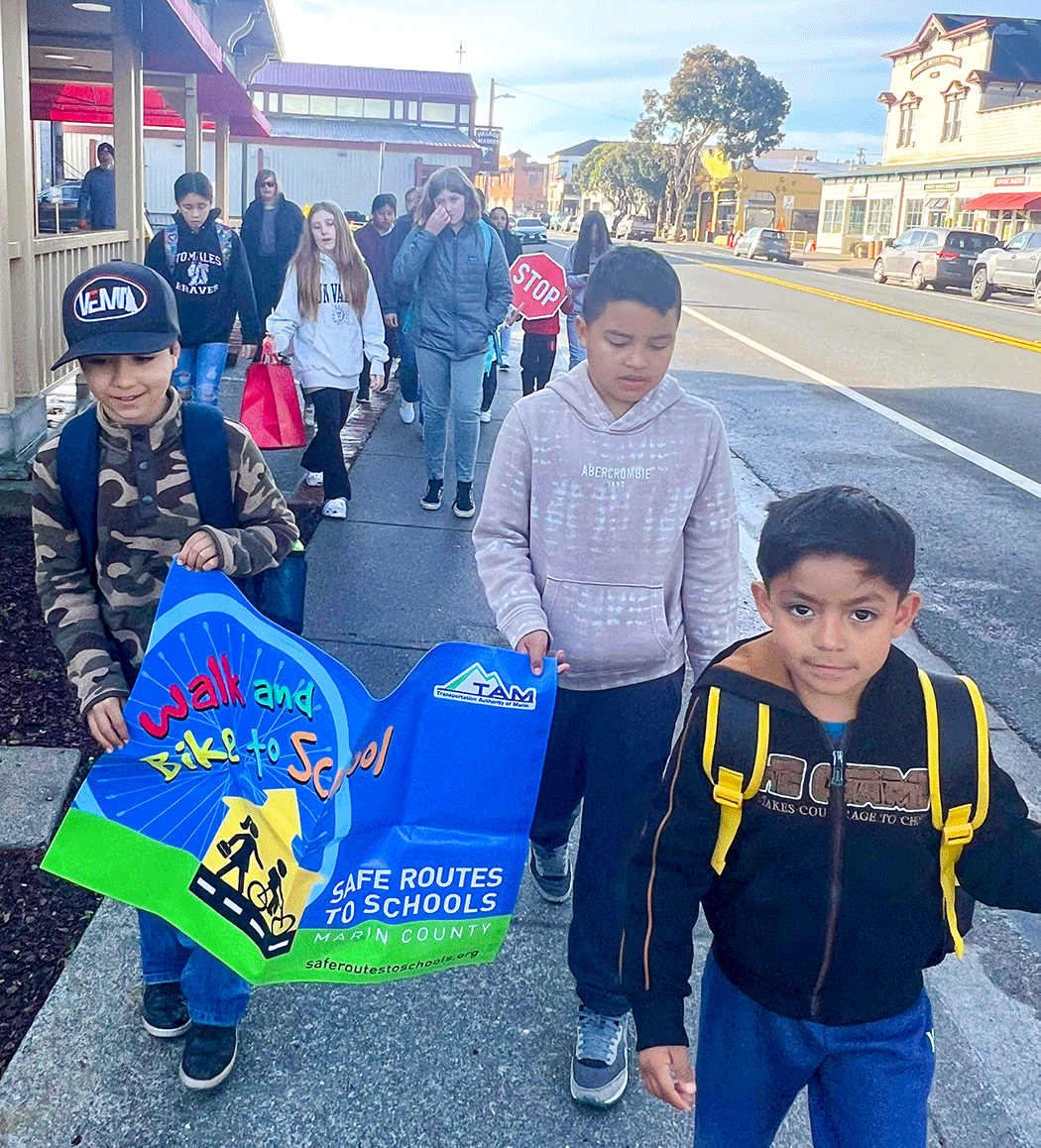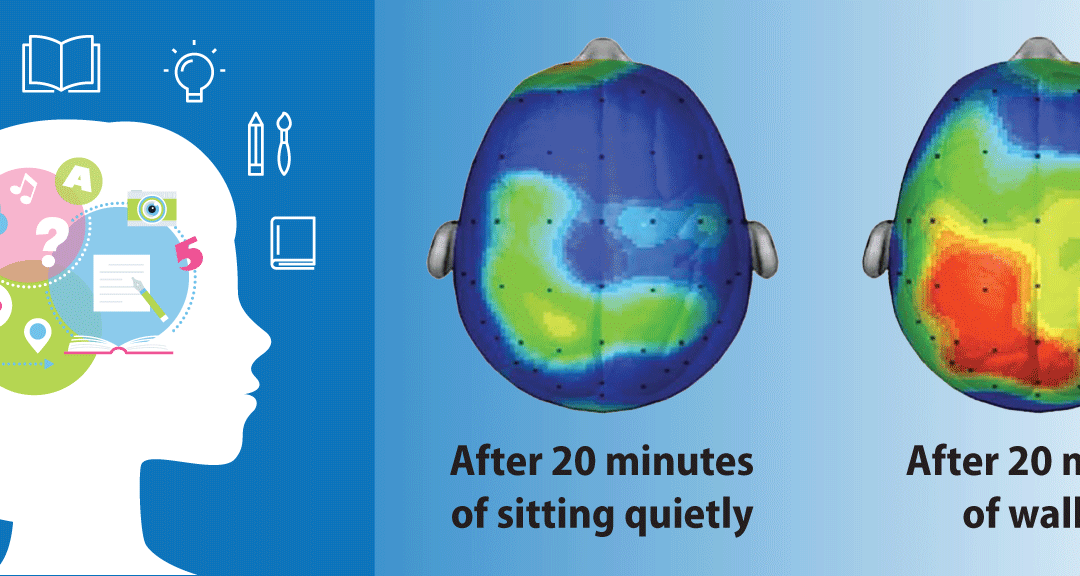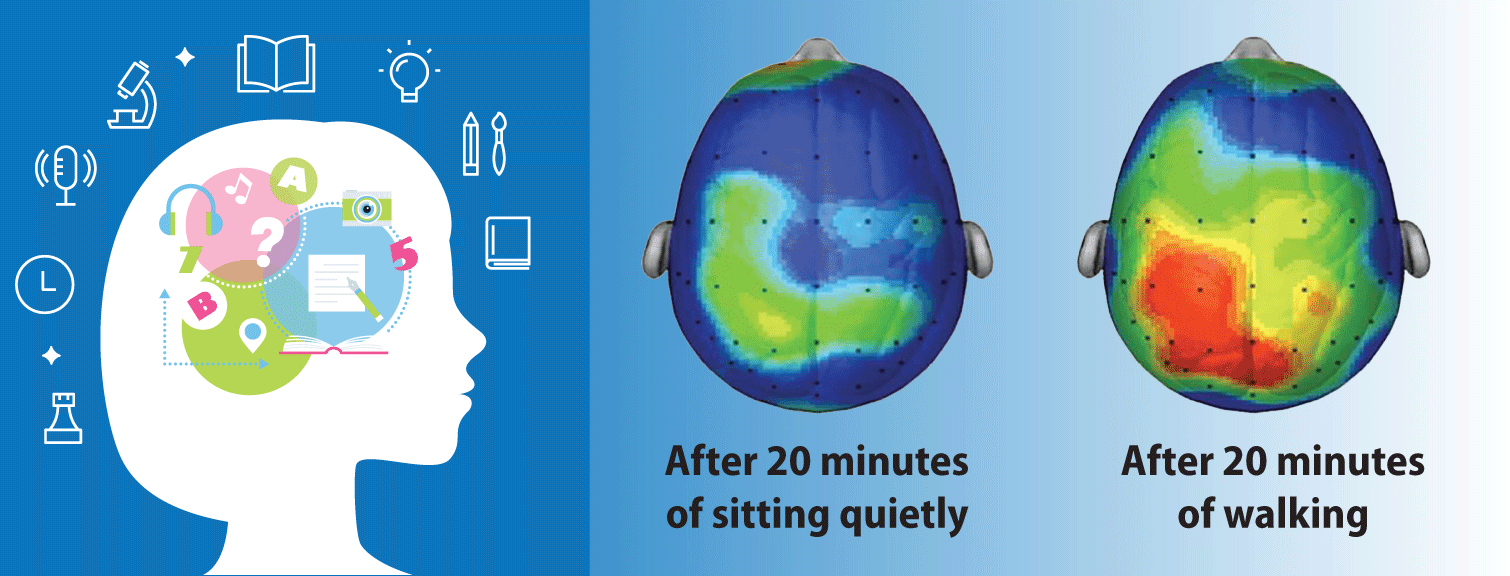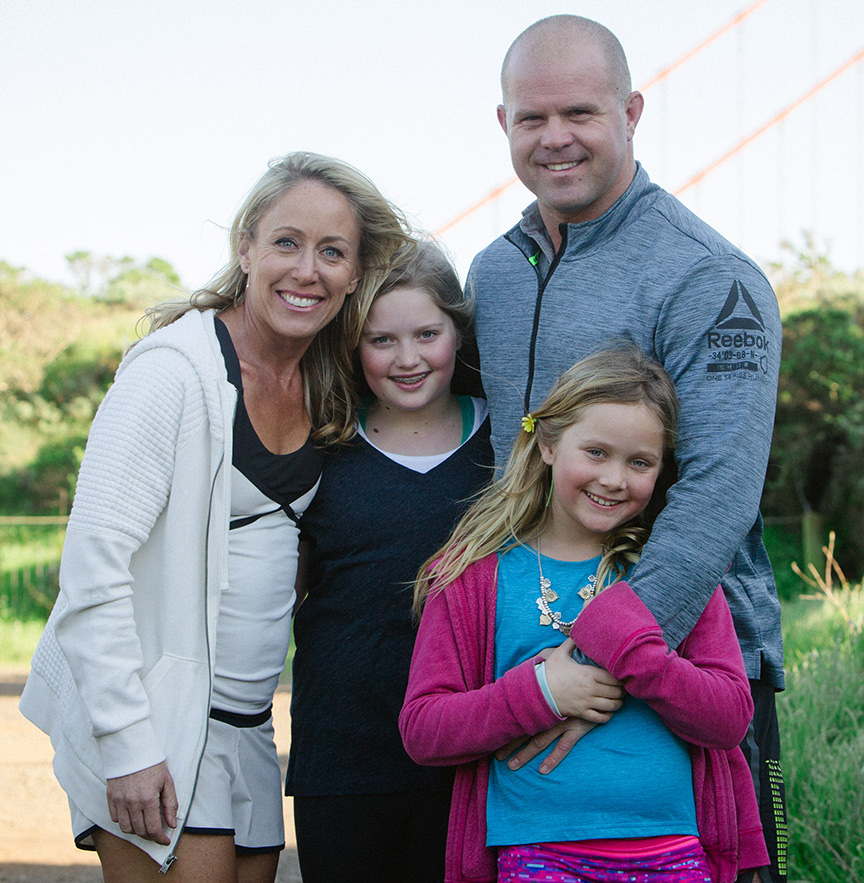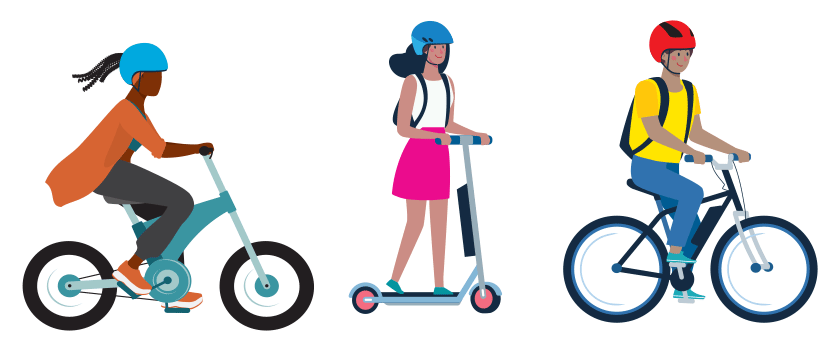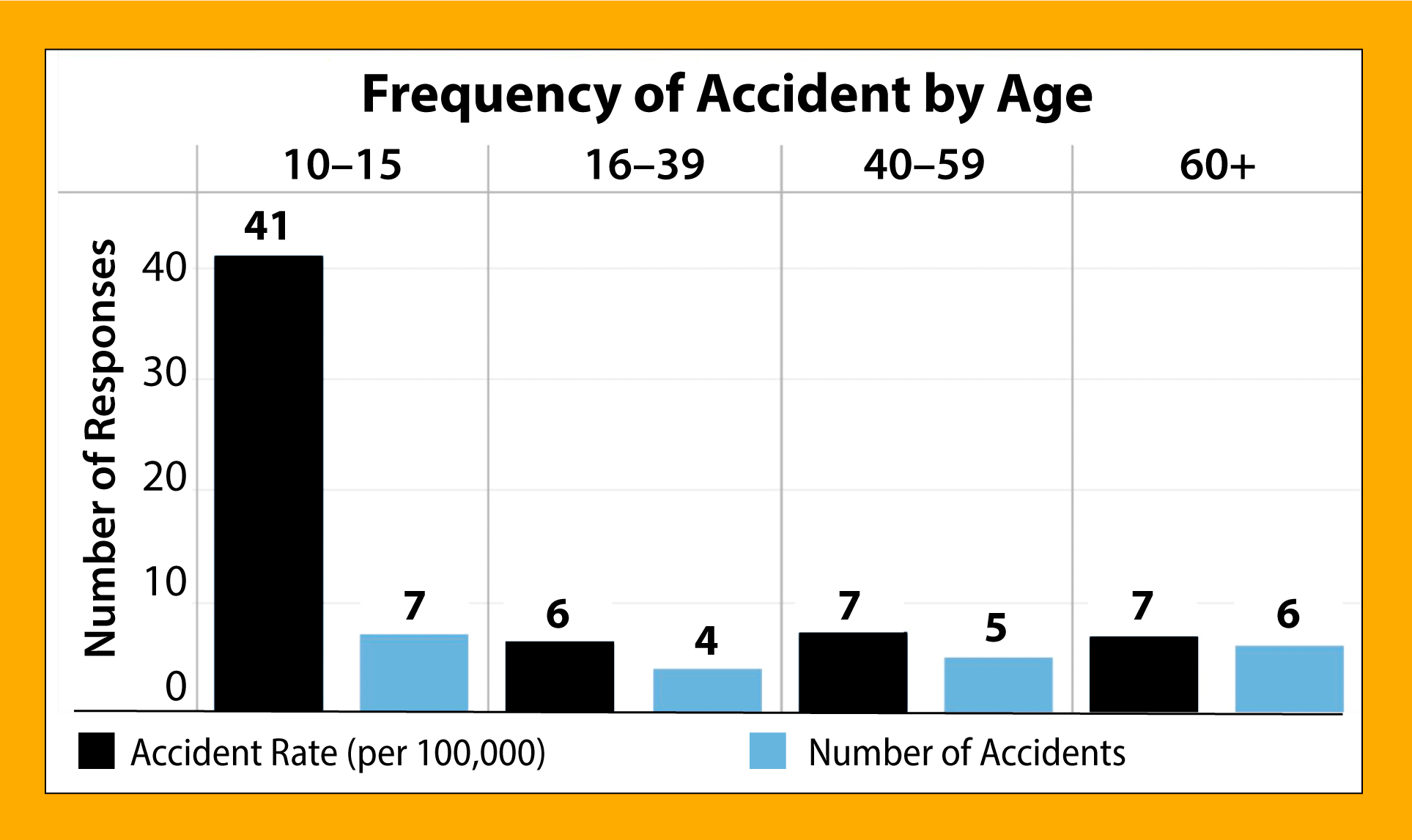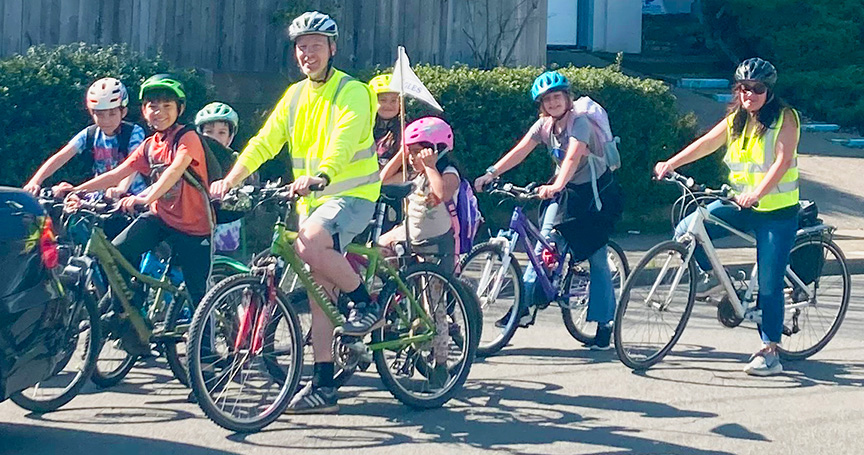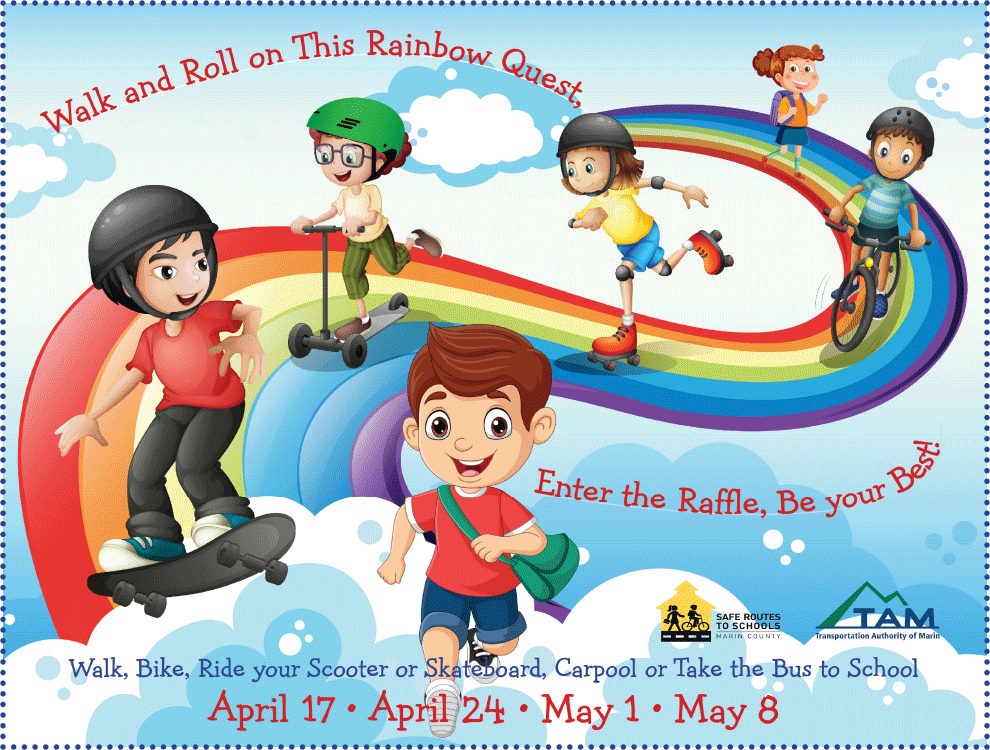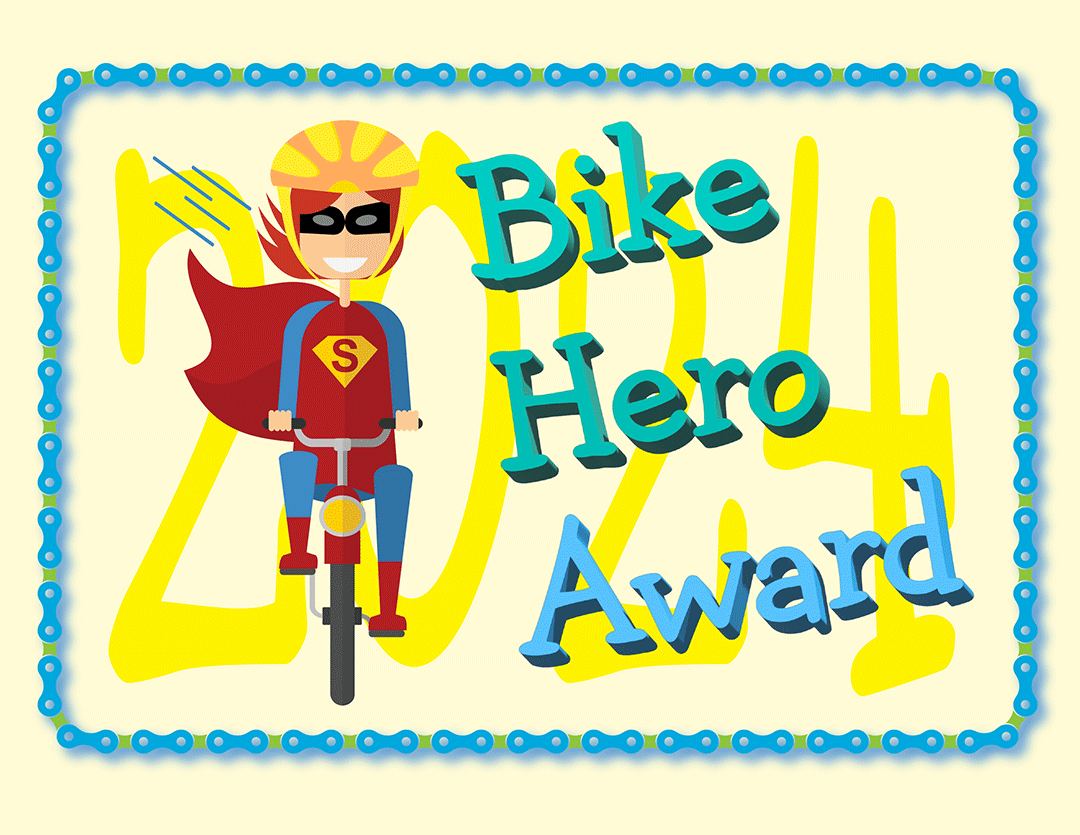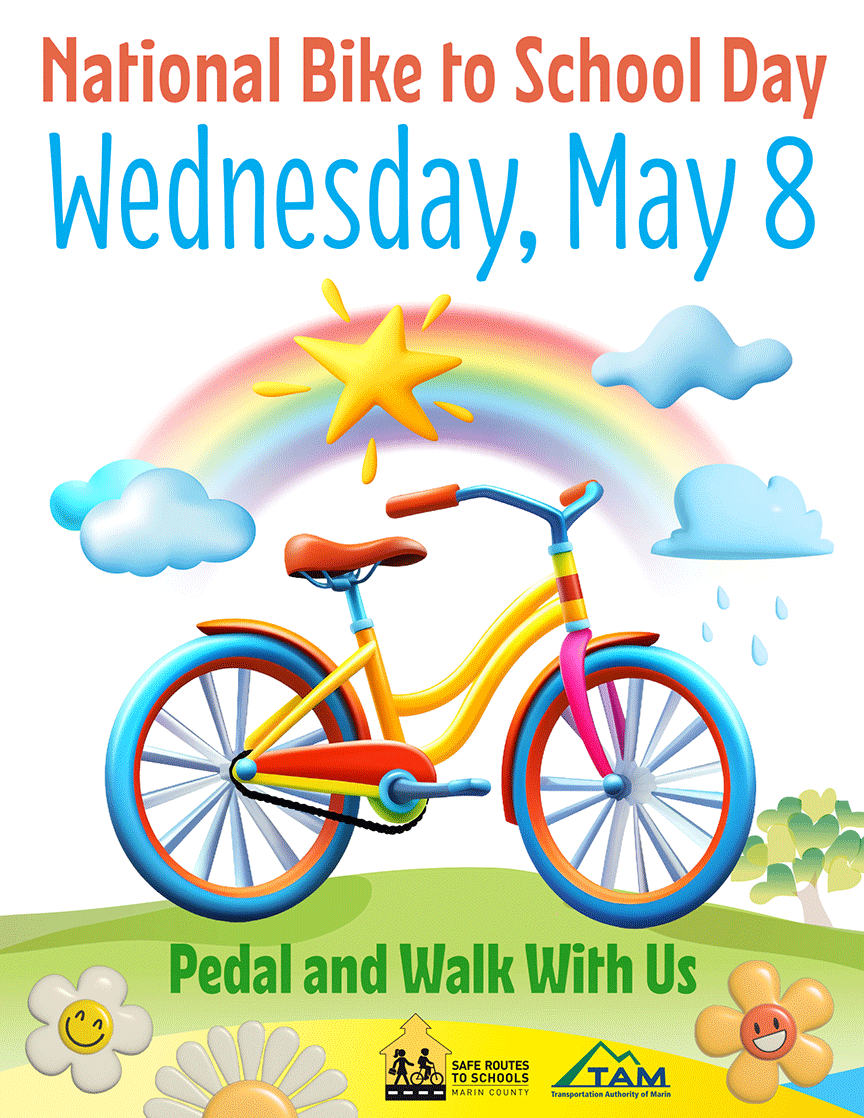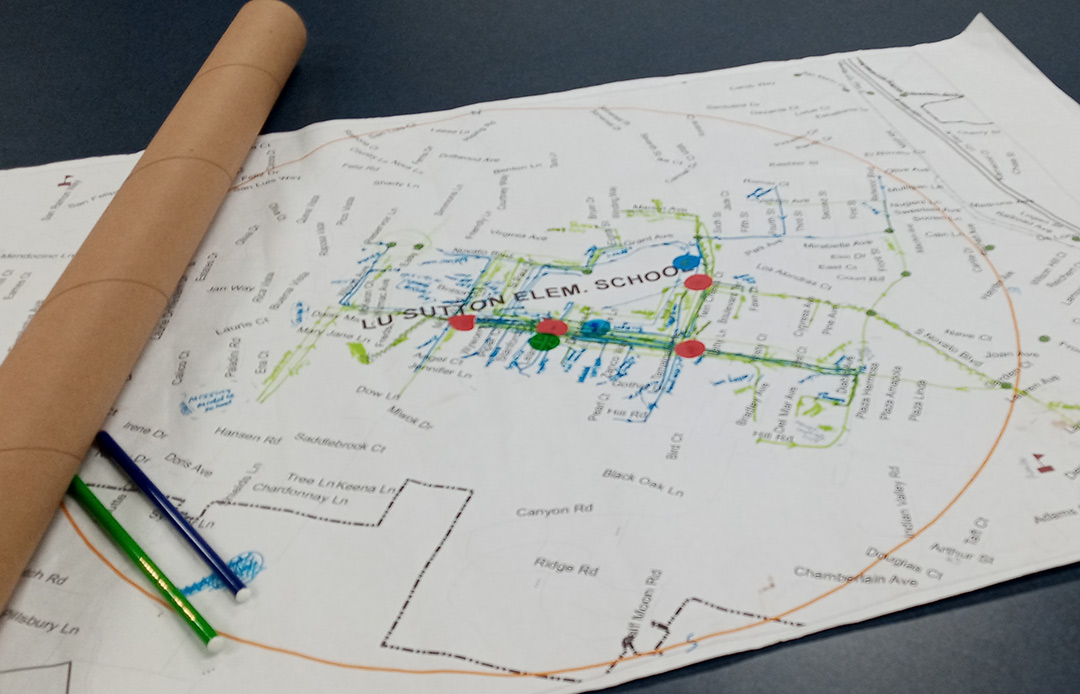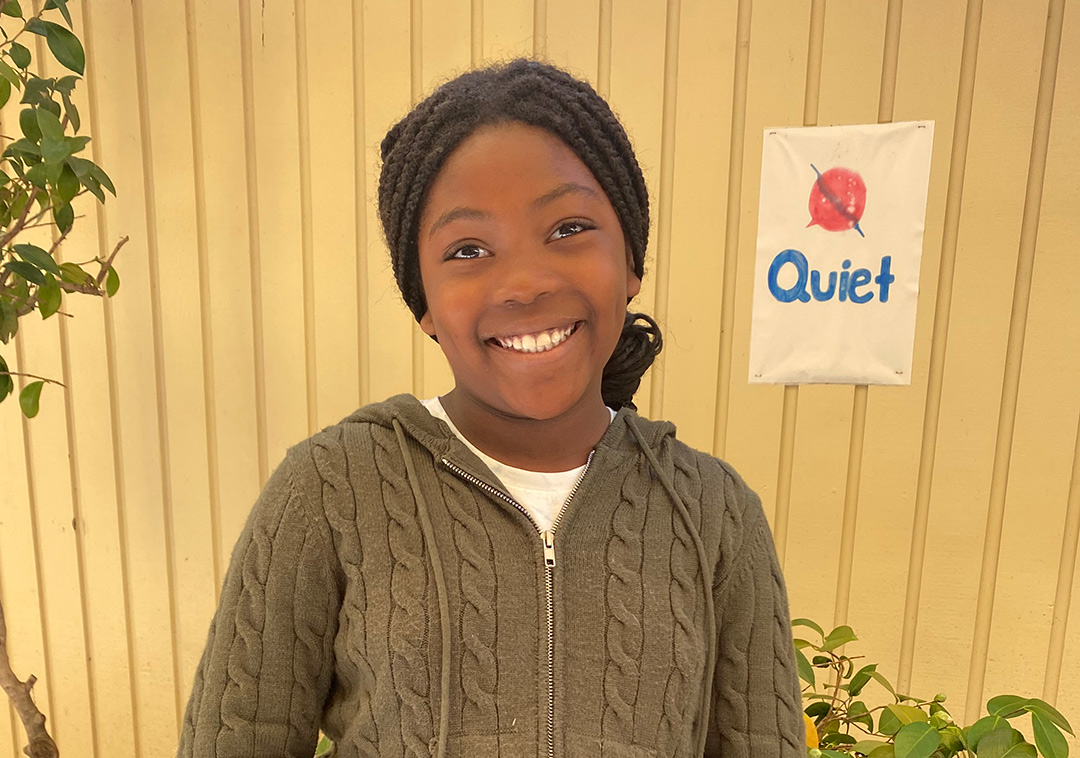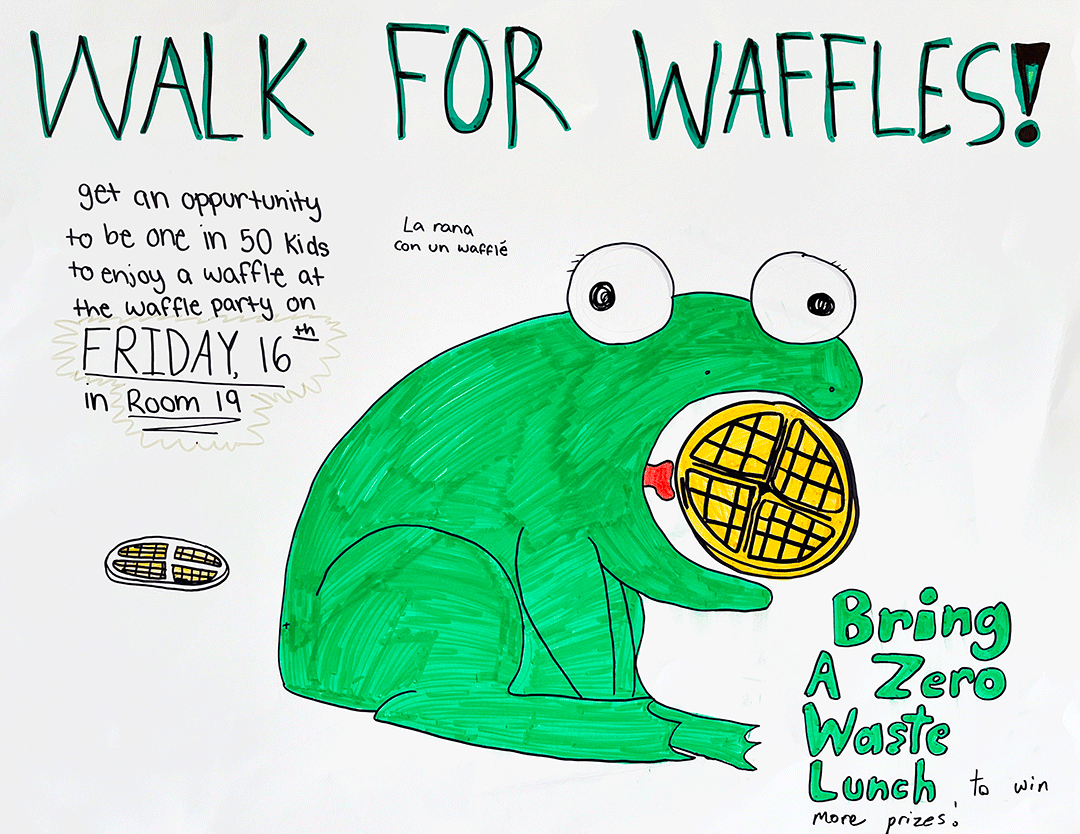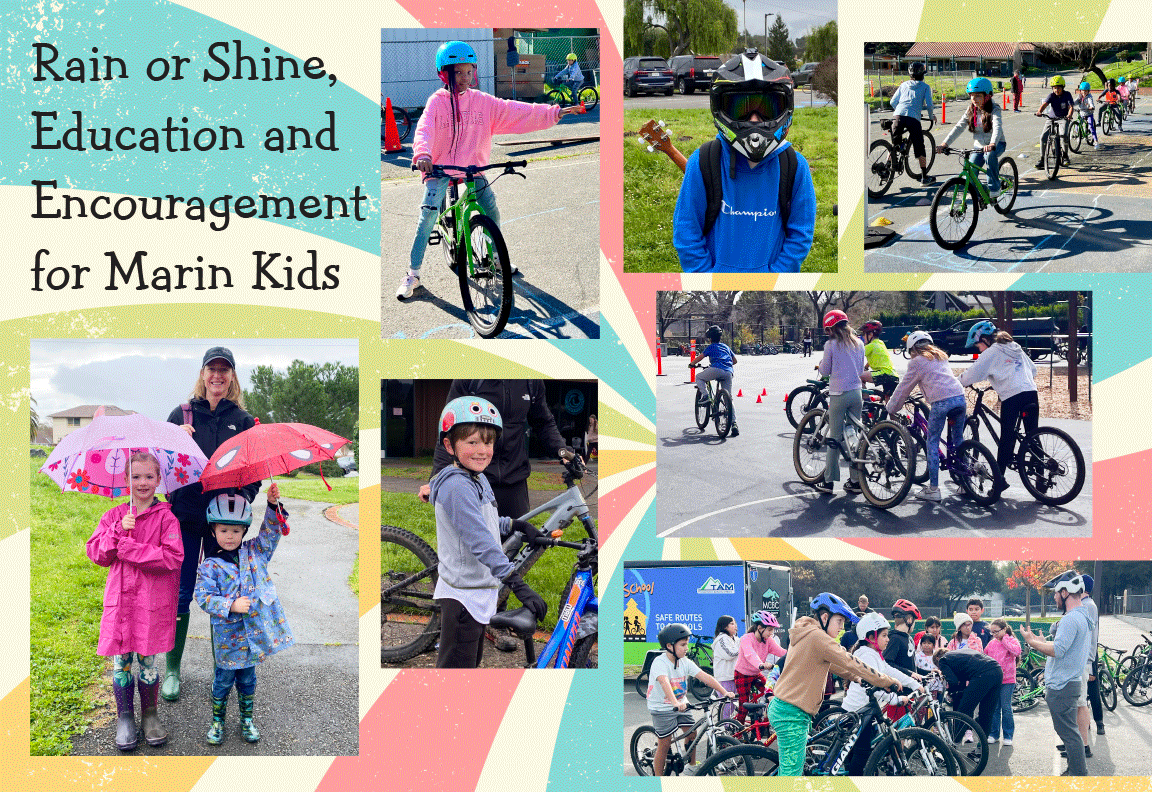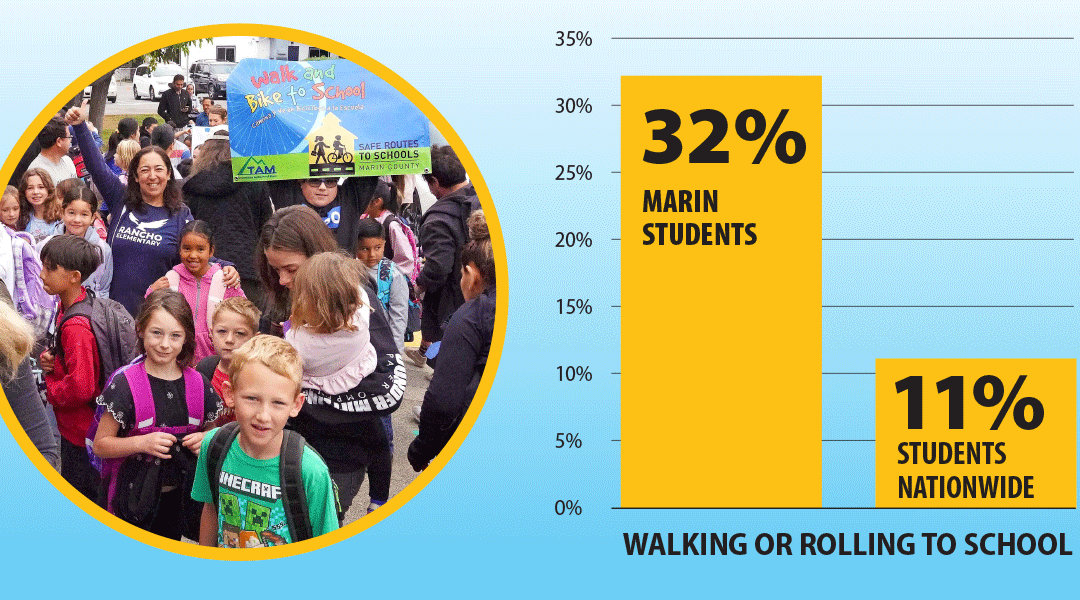
SR2S Newsletter Fall 2025
About 32 percent of Marin students are now walking or rolling to school—nearly triple the national average—according to Safe Routes to Schools. The latest figures, collected for the 2024–2025 school year, come from in-class tally surveys conducted twice a year and the program’s new online dashboard, which also makes it easier to track long-term trends.
For comparison, the 2022 National Household Travel Survey reported that just 11 percent of students nationwide use an active mode of transportation to get to school. Marin
Long-Term Growth
Before the pandemic, Marin’s rates hovered in the high 20s. Since 2021, they have held steady at around 30 percent, but this past year shows an uptick—pushing the county to its highest levels since data collection began in 2008–2009. Most of these active trips involve walking or biking.
“This is the highest percentage of all the years for which we have data,” said Jen Shriber, a transportation planner with Parametrix, the consulting firm that manages Safe Routes to Schools for the Transportation Authority of Marin.
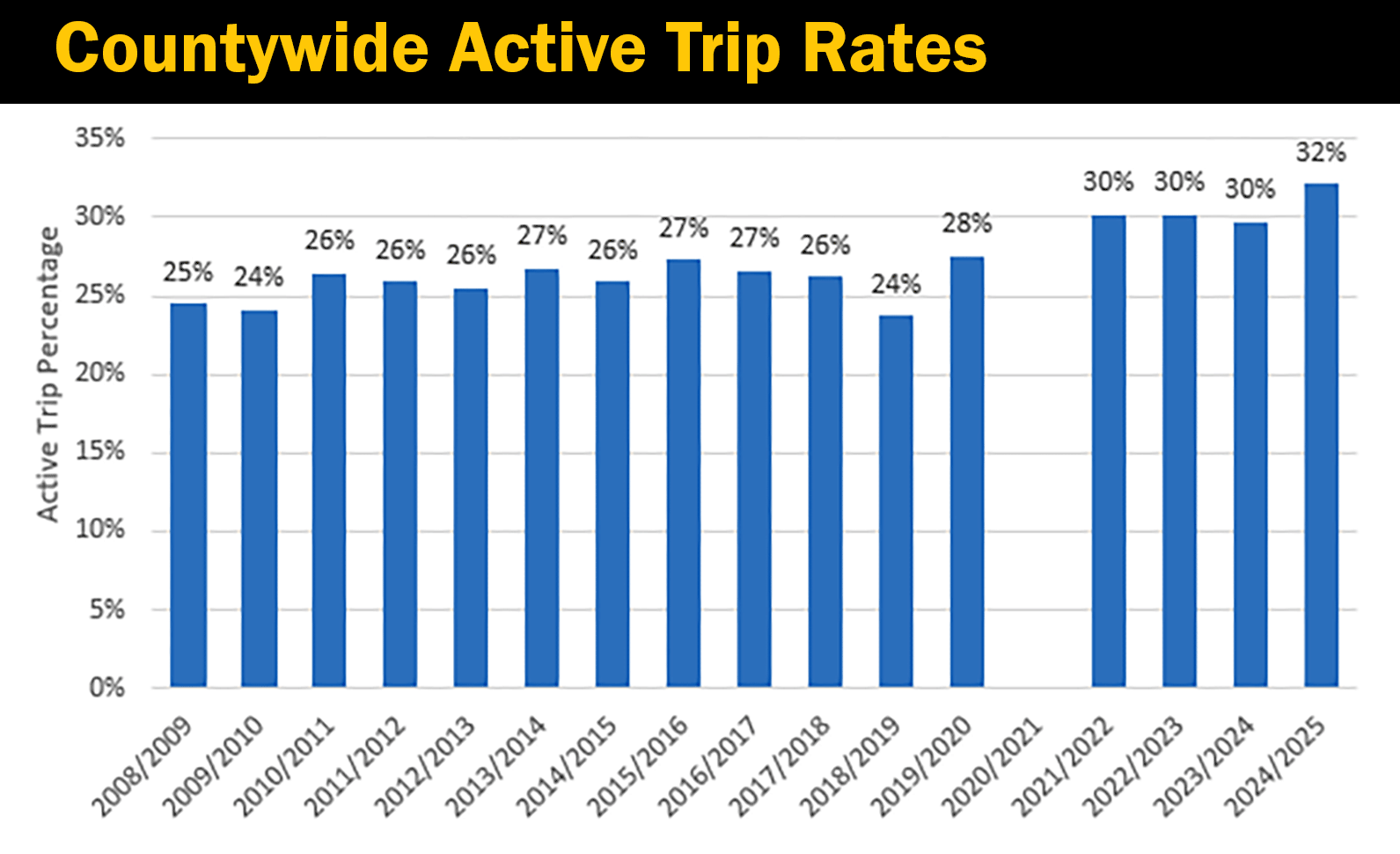
Anecdotal Signs at Schools
The numbers reflect what schools are experiencing on the ground. After the first Walk and Roll Wednesday of the year on September 10, schools such as Hamilton, Lynwood, Coleman, and Glenwood reached out to Safe Routes to Schools requesting additional incentives for their welcome tables. Each school had received the same allotment of incentives as last year.” At first we thought students were taking multiple prizes,” said Monica Leifer, Safe Routes’ Bilingual Coordinator. “But it turned out there were simply more students than ever coming up to participate.”

Hamilton Meadow Park in Novato has seen a noticeable increase in turnout in recent months. Erica Durwood, with partner organization Sustainable Schools Marin and co-host of all recent events, noted, “The kids are always pretty engaged, but this year even more so. They come to the table excited to share how they traveled to school.” Last year her organization counted about 100 participants; this year, that number is closer to 140.
According to Parametrix, the schools with the highest rates of active trips are:
- Park Elementary School (59%)
- Hall Middle School (57%)
- Mill Valley Middle School (57%)
- Neil Cummins Elementary School (55%)
- Ross School (54%)
Photo Credits
Parent Volunteer Erick Betancourt: Manor Elementary School
Peter Oppenheimer: Safe Routes To Schools’ Photographer
Kelly Smith: Loma Verde Parent Volunteer
Marin County schools were buzzing with energy this morning as 43 elementary schools, nine middle schools, and one high school (Archie Williams) took part in International Walk and Roll to School Day— possibly one of the largest participation days on record.
Students arrived alone or in groups, on foot, by bike, or in carpools. Some parked and walked so that even families who live farther away could join the fun.
“This event was amazing with all the enthusiasm—about 300 kids filled out raffle tickets,” said Romelia Diaz, a parent volunteer at Bahia Vista Elementary.
Local police departments lent a hand to cheer students on while keeping them safe. Novato Police Sergeant Reza Pourfarhani said his department received many school requests but had only two officers assigned to the traffic section—those officers ultimately attended the events at Rancho Elementary and San Ramon Elementary.
The Marin Independent Journal covered the celebration at Rancho Elementary, adding to the festive atmosphere on campus. Parent volunteer Norma Lara organized the event in partnership with Sustainable Marin Schools, while fellow parent Jeff Shankle led a sizable bike train—“probably double the largest bike train Rancho has ever had,” he said. Find the article and pictures here
Coleman, Wade Thomas, and Manor elementary schools drew extra excitement with the arrival of a fire truck, while many other schools brought out their mascots to cheer students on. One of them was Manor Elementary School, which hosted a massive event led by parent volunteer Erick Betancourt. “Our welcome table was a cackle of activity with prizes, a raffle, a bicycle smoothie blender with kids taking turns to blend the fruit, and our otter mascot hyping up the kids,” he said.
By Natalie Levine, SRTS Parent Volunteer,
Parent of two Lu Sutton students
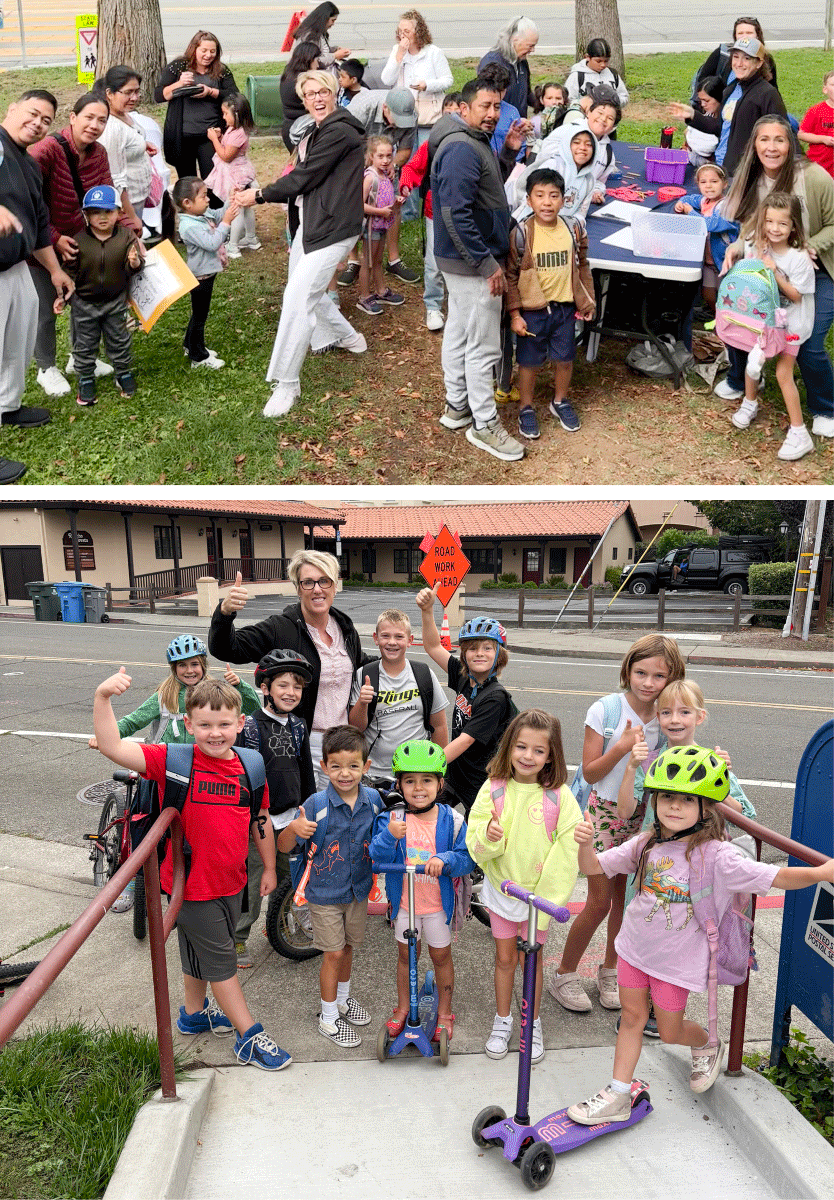
Lu Sutton Elementary School in Novato kicked off this school year with a Park and Walk contest that ran for six days, ending on our first Walk and Roll Wednesday on September 10th. Every student got a contest card (about 350) and 55 came back filled up. For being a pilot campaign, I would say that the contest was a huge success—the students were engaged and excited to turn in their contest cards and we have seen less traffic on Center Road, which is the main street in front of school. Since we carried out the contest, we have noticed more kids walking, biking and scooting safely along the street.
Lu Sutton is unique in that there is only one main way in and out of the school. In front of that entrance is a very busy street, Center Rd. There are no cut-through paths or side streets to help students get to school safely and there are no bike lanes along Center Rd. To top it off, starting this fall, the traffic from Novato Blvd., a main artery in Novato, will be detoured onto Center Rd. There has already been exponentially more traffic impacting our students from the detour. With all these challenges, we felt that a Park and Walk campaign was a good solution to try.
The Park and Walk campaign has been a great opportunity for our students to explore new ways of getting to and from school. Moving forward, we have encouraged older students to designate a meeting point with their grown-ups a few blocks away to be dropped off in the morning and for pick-up in the afternoon. Our TK – 2nd grade students are required to be walked to and from their classroom, so we have encouraged their parents and caregivers to also park a few blocks away and ensure they are not parking in loading/unloading zones around the school driveways.
We may decide to run another contest later in the year to keep up the momentum, but for now, we will continue to encourage students and families to park and walk, scoot, bike and walk to school as much as they can.
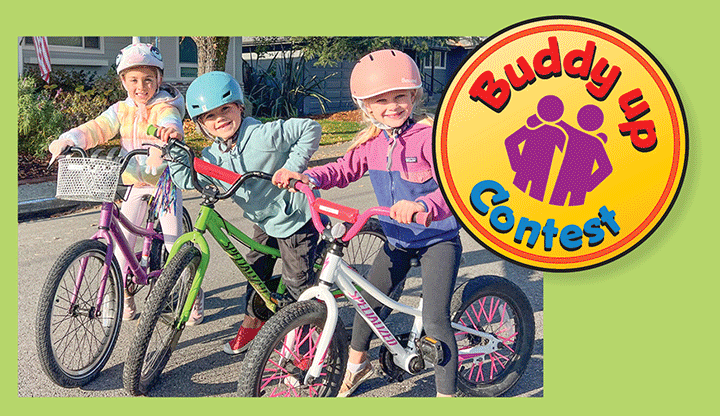
The Safe Routes to Schools Buddy Up Contest is accepting nominations through November 15. Now in its fourth year, this countywide tradition continues to celebrate the power of friendship and green travel to and from school.
Last year, one winning group from Bacich Elementary, where kindergartner friends walked, biked, and carpooled together won the award. “These kiddos love biking to school, which is impressive for their short little legs because they live 2.5 miles away,” wrote parent Mike Warga. “When not biking, you can find them on their scooters or playing together in the cul-de-sac.”
Anyone—parents, grandparents, neighbors, teachers, friends, or administrators—can nominate a buddy group. Multiple people may nominate the same group here. The only requirement is that students travel actively: walking, biking, scootering, riding the bus, carpooling, or park and walk.”
- Habits stick when kids encourage each other.
- Groups are more visible and safer on the road.
- Friendships and fun memories make the trip even better.
Four groups will each receive a $50 prize: two elementary school groups and two middle school groups.
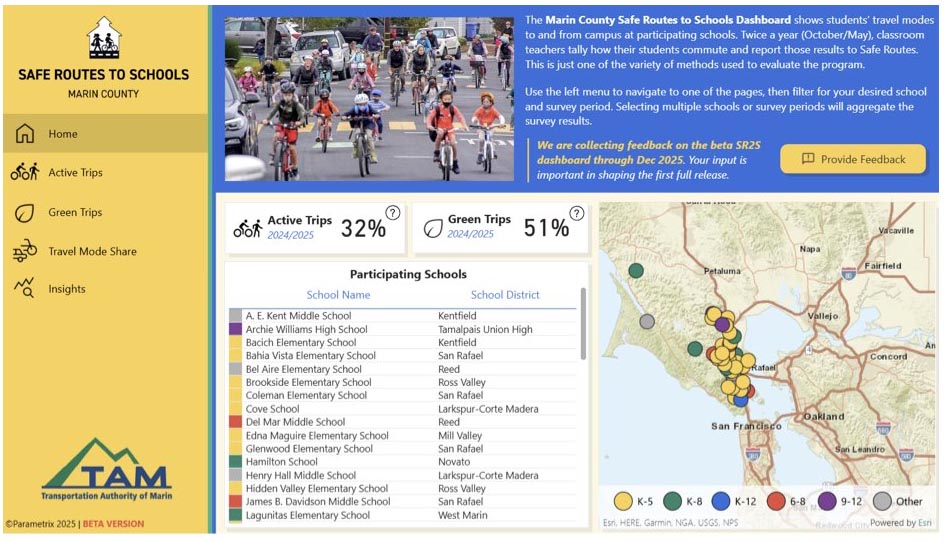
Marin County’s Safe Routes to Schools program has released an updated version of its interactive dashboard, giving the public a more detailed and comprehensive look at how students travel to and from school. Previously, the dashboard only displayed results from Fall 2024, but the new version includes all available years of survey data, making it possible to track long-term changes in reported student commuting habits.
The tool compiles data from classroom tallies conducted every semester, when teachers record travel modes over a three-day period.
The update introduces dedicated pages for active trips, green trips, travel mode share, and insights, each allowing users to filter data by school, survey period, or timeframe.
According to the latest countywide results, 51 percent of student commutes are green trips such as walking, biking, or carpooling, with 32 percent classified as active trips- compared to national averages of about 38 percent for green trips and 11 percent for active trips. These additions to the dashboard make it easier for families, schools, and community members to explore the data most relevant to them and better understand how travel behaviors are shifting over time. Safe Routes to Schools is collecting feedback on the beta version of the dashboard through December 2025, and users can share their input directly through the feedback link on the dashboard.

A third-generation Mill Valley/San Francisco native, Caitlin Russo joins Safe Routes to Schools with a deep love for children, community, the outdoors, and working in education. Her background in athletics and early childhood development has shaped her belief that bicycle education is a powerful tool to support both the mental and physical well-being of children—building confidence, independence, and healthy habits from an early age.
While working previously as a teaching assistant at Edna Maguire Elementary School, Caitlin saw firsthand how movement and active play serve as essential outlets for kids. She was especially inspired by the success of Walk & Roll events—where families came together, left the car behind, and built lasting memories. These experiences revealed how a culture of active transportation can strengthen school communities.
Safe Routes to Schools’ blend of education and encouragement programs deeply resonates with Caitlin’s passion. By combining hands-on learning with community engagement, the program empowers children to move confidently and safely through their world—supporting not just individual health, but broader community well-being. Caitlin believes children are powerful teachers and catalysts for change, and she’s excited to help inspire the next generation to walk, bike, and roll toward a healthier future.
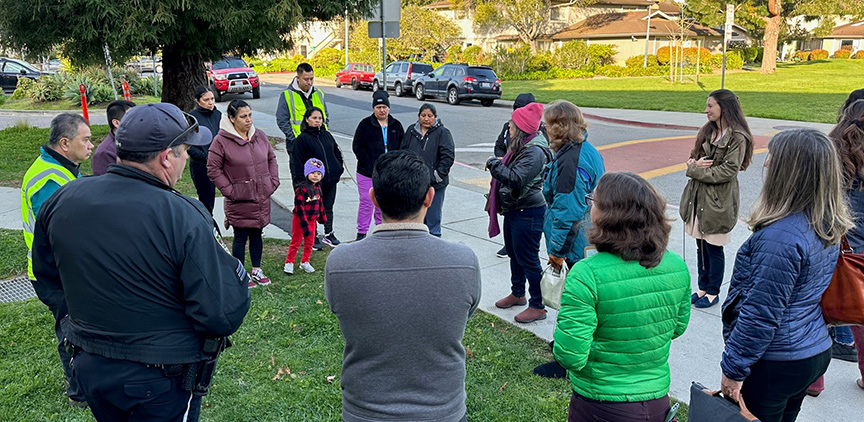
Getting children to and from school safely is taking center stage in this county. The Transportation Authority of Marin (TAM) has launched the School Access Safety Action Plan, a countywide effort funded by the federal Safe Streets and Roads for All program.
The plan will analyze ten years of crash data around schools and carry out on-the-ground safety audits with engineers, parents, and local leaders. Findings will shape custom safety plans for ten priority areas, identifying practical steps to reduce risks for children walking and biking to school.
However, the benefits of the plan will go beyond the top ten priority areas. The crash analysis will identify trends and the toolkit will provide strategies to improve safety around all schools.
A key partner in this effort is Safe Routes to Schools. By working together, there will be a one-time increase in the number of walk audits allowed in a year, going from five to 15. This will give more schools and neighborhoods tailored recommendations. Cities and towns will also gain the guidance they need to compete for construction funding that can improve sidewalks, crossings, and bike lanes.
For parents, this project is about peace of mind. “Every child deserves to arrive at school safely,” TAM officials said in a statement.
Parents and educators are encouraged to attend Safe Routes task force meetings to track progress and share input. Project updates will be posted in upcoming weeks, so please check them out at www.saferoutestoschools.org.
The initiative has the potential to reshape the school commute for thousands of Marin students—making it safer, healthier, and less stressful for families every single day.
Youth Leading Active Communities: Students Stepping Up for Change
By Aneri Rodriguez, SEI Program Director
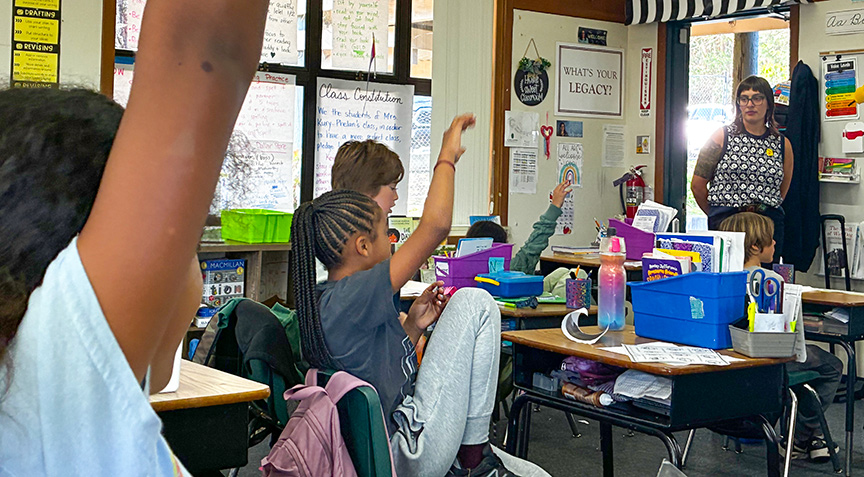
“Walking and rolling to school
makes our bodies and our planet happy!”
That’s the kind of message you’ll hear from students involved in Youth Leading Active Communities (YLAC) — a pilot program created by SEI in partnership with Safe Routes to Schools and Parametrix. Launched two years ago, YLAC now supports eight schools across Marin County, helping young leaders inspire their classmates to walk, bike, and roll more often.
Each participating school has a YLAC site lead who works directly with students, giving them the tools to become advocates for safer streets and cleaner ways to get to school. Whether they’re leading walk audits, creating posters and presentations, or giving schoolwide assemblies, YLAC students are raising awareness about how fewer cars on the road mean safer, healthier communities.
The program adapts to each school’s needs and creativity. Some groups focus on identifying barriers to walking and biking; others dive into outreach projects or organize community events. No matter the approach, the message stays the same: students have the power to make change happen.
Through YLAC, students have written letters to principals, mapped safer routes, and led their peers in discovering the many benefits of active travel. In the process, they’re not just changing how people get to school — they’re shaping the future of their communities.
Calendar of Upcoming
Task Force Meetings
- Ross Valley – Friday, Jan 9 at 10:00 AM
- Ross – Monday, Jan. 12 at 10:00 AM
- Mill Valley – Wednesday, Jan. 14 at 9:30 AM
- Kentfield – Thursday, Jan. 15 at 9:30 AM
- San Rafael – Wednesday, Jan. 21 at 5:00 PM
- Reed – Thursday, Jan. 22 at 10:00 AM
- Miller Creek – Monday, Jan. 26 at 4:00 PM
- Sausalito/Marin City – Monday, Feb. 9 at 5:00 PM
- West Marin – Tuesday, Feb. 10 at 5:00 PM
- Novato – Wednesday, Feb 11 at 5:00 PM
- Larkspur-Corte Madera – Thursday, Feb. 12 at 4:00 PM
Contact Wendi Kallins if you are interested in joining a task force or if you would like a copy of archived
task force meeting notes.


